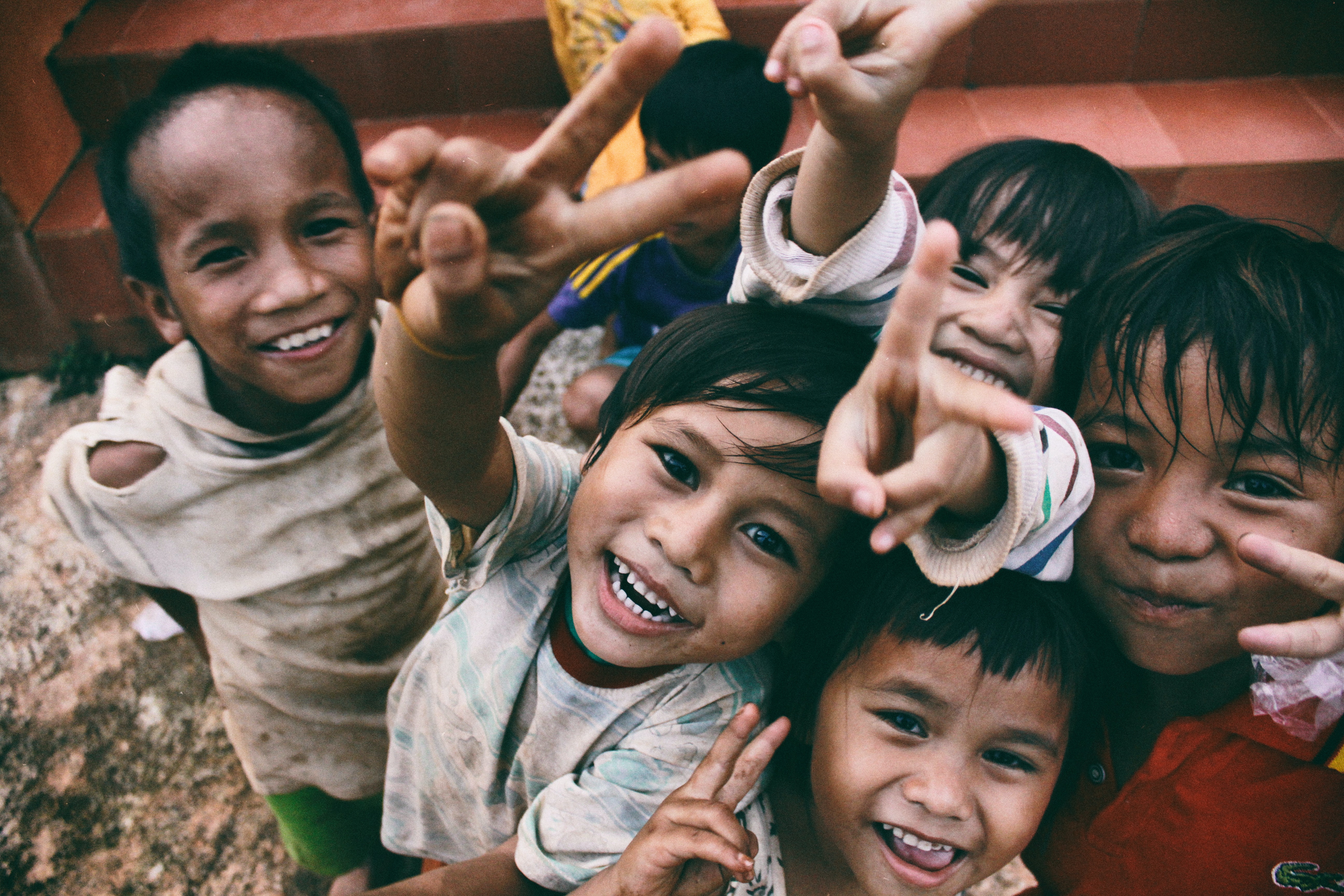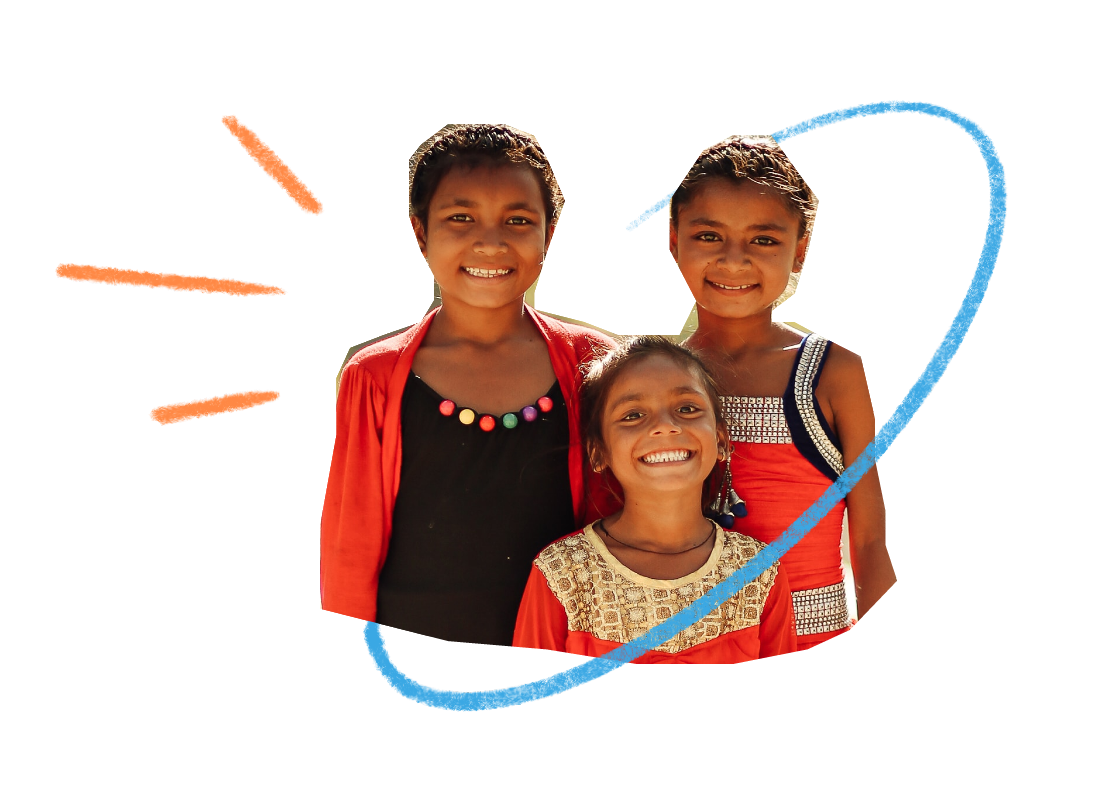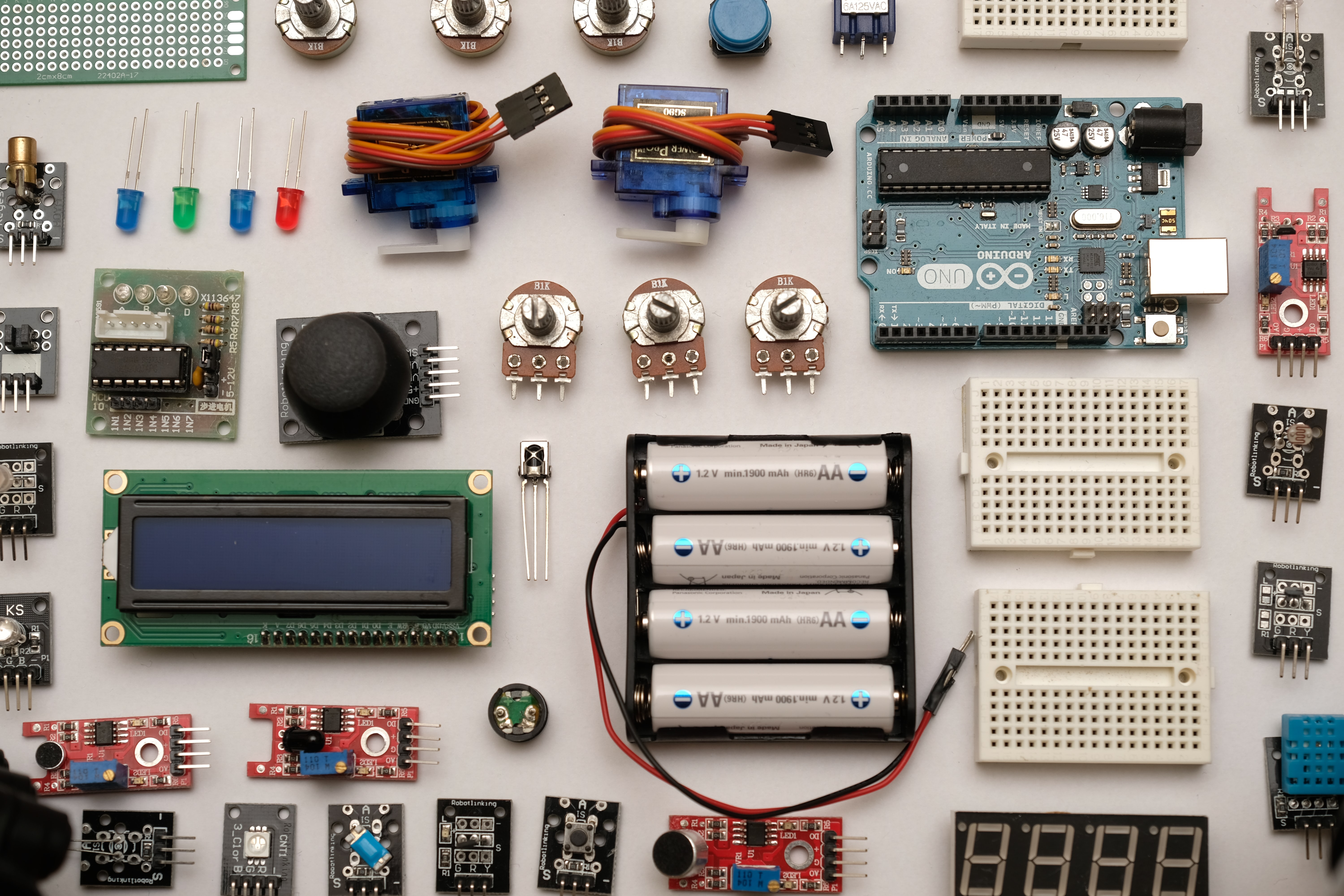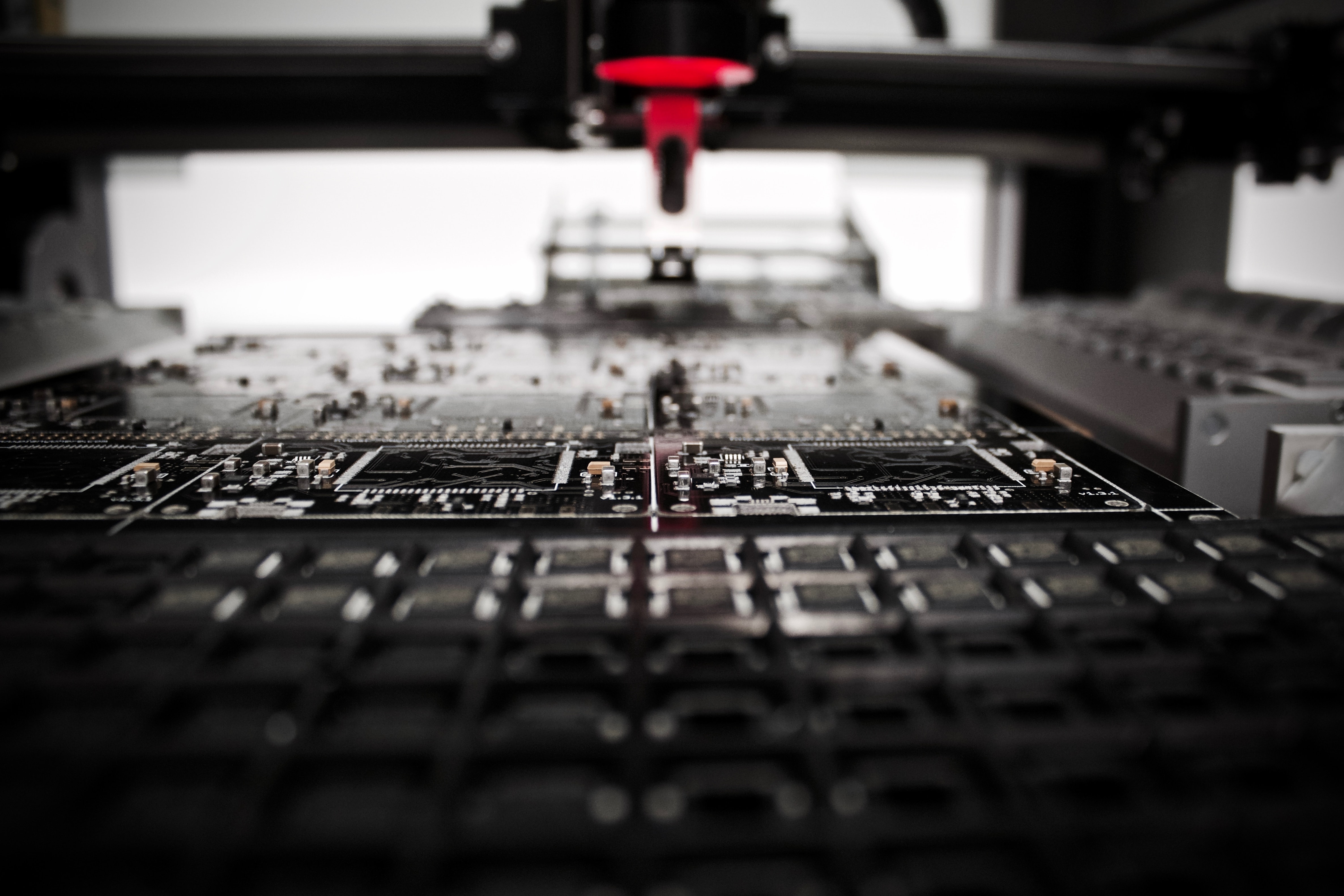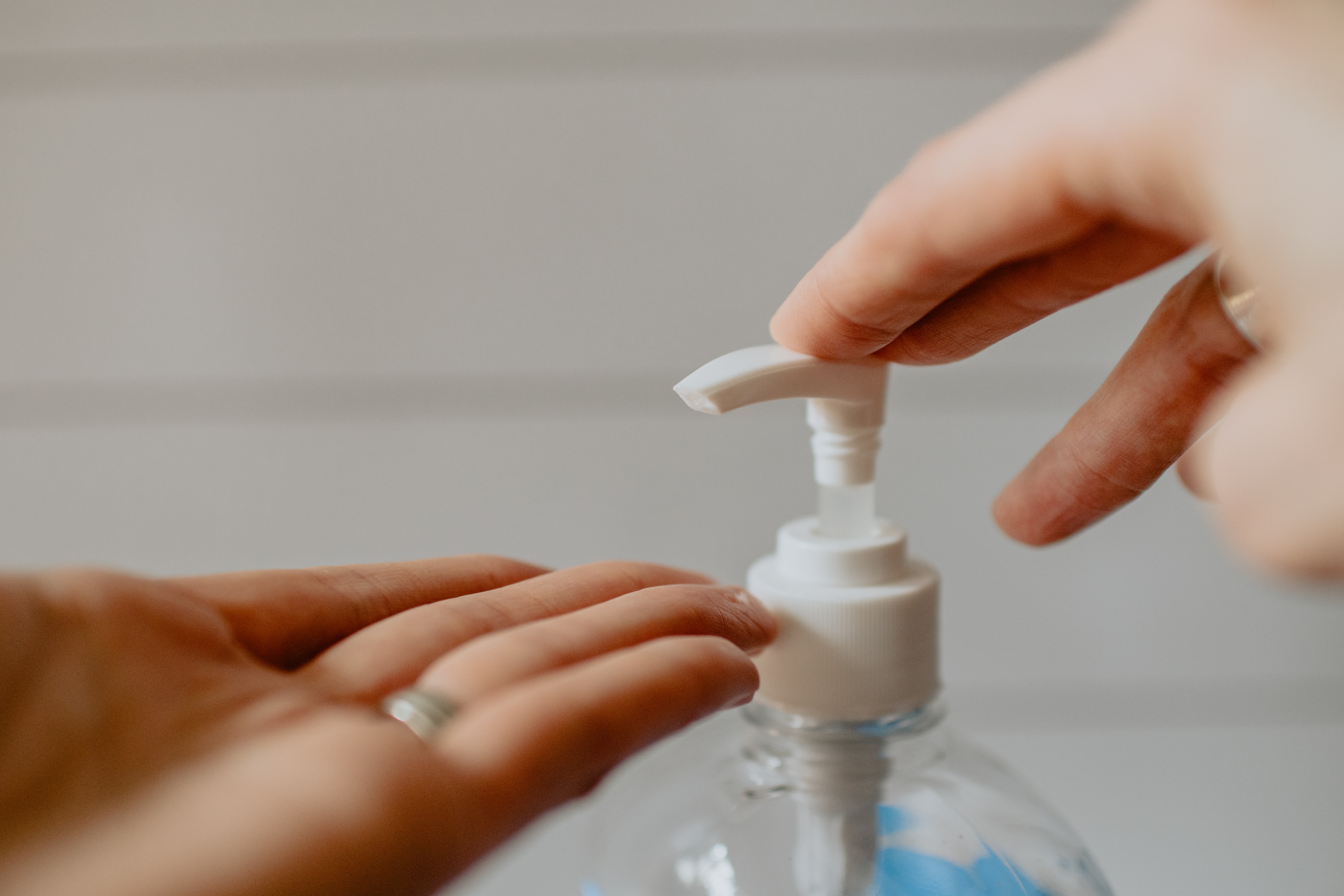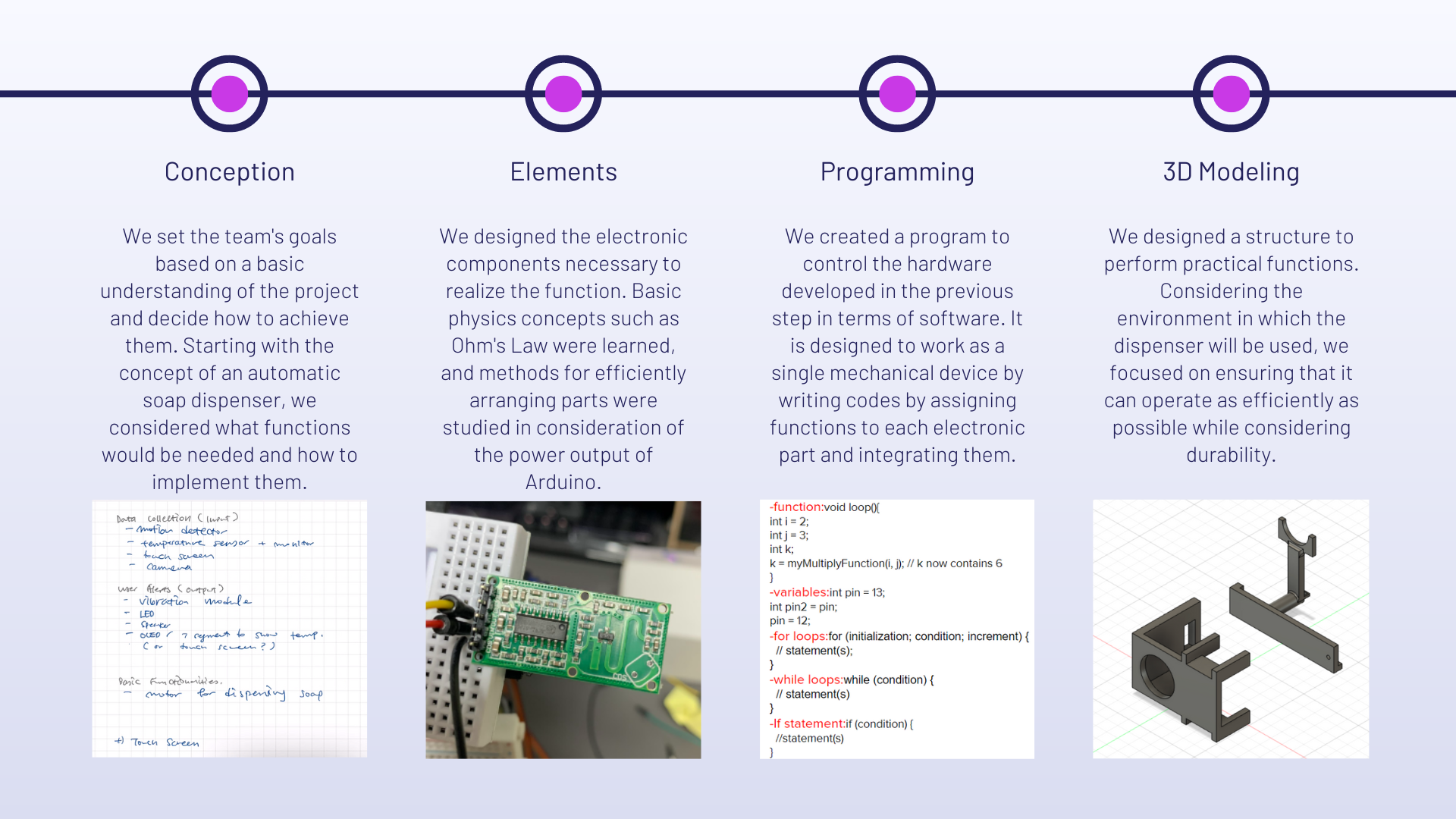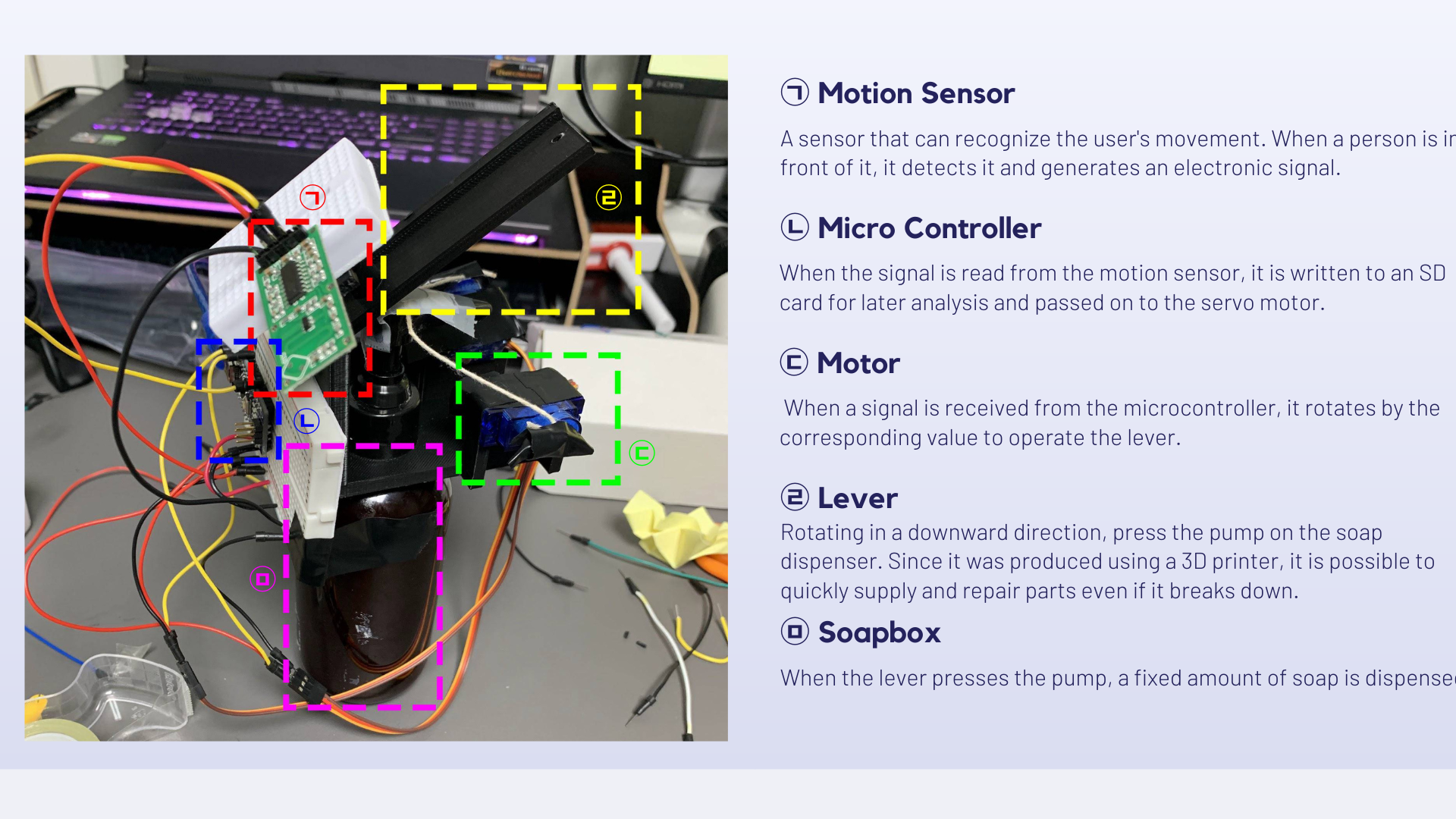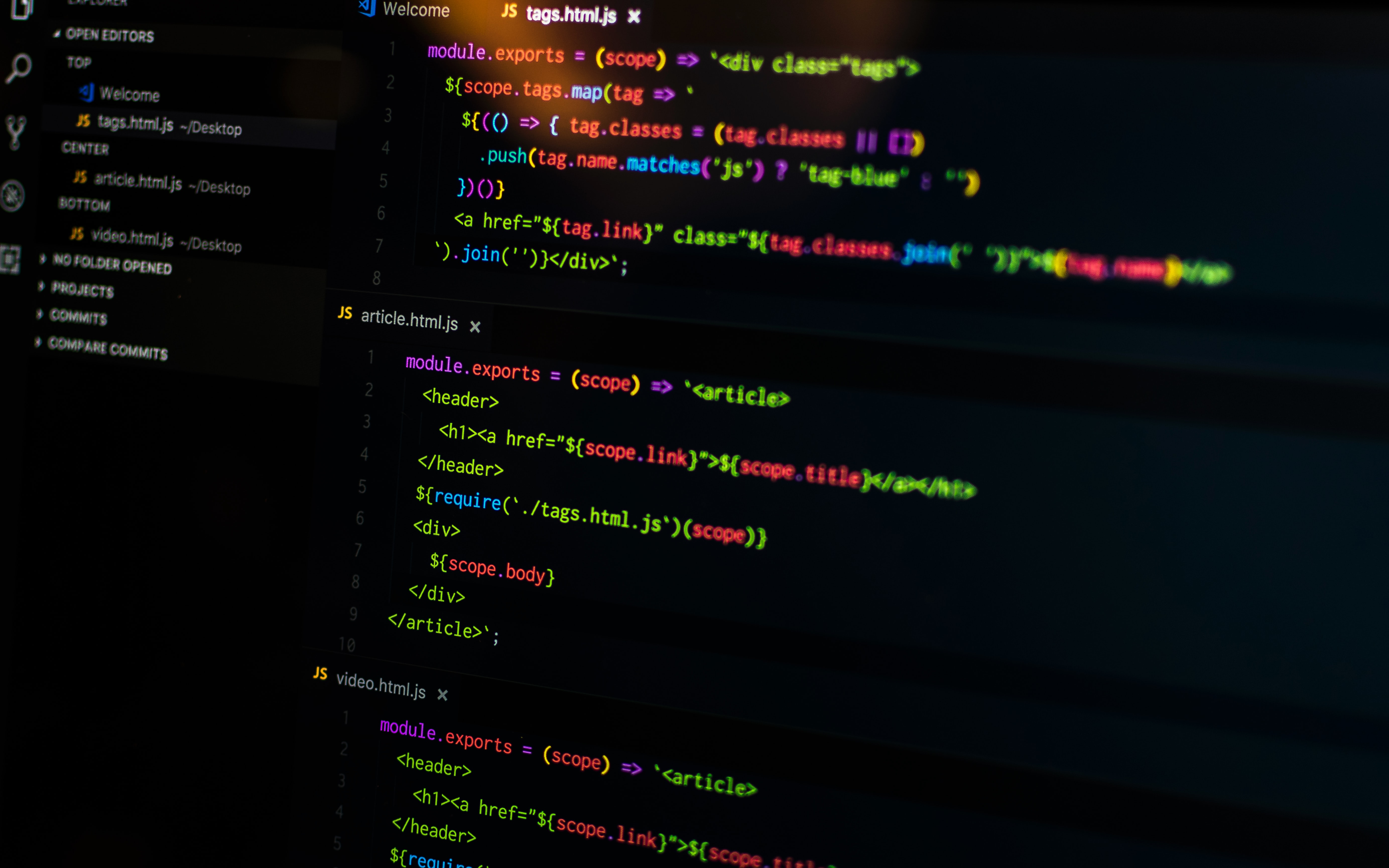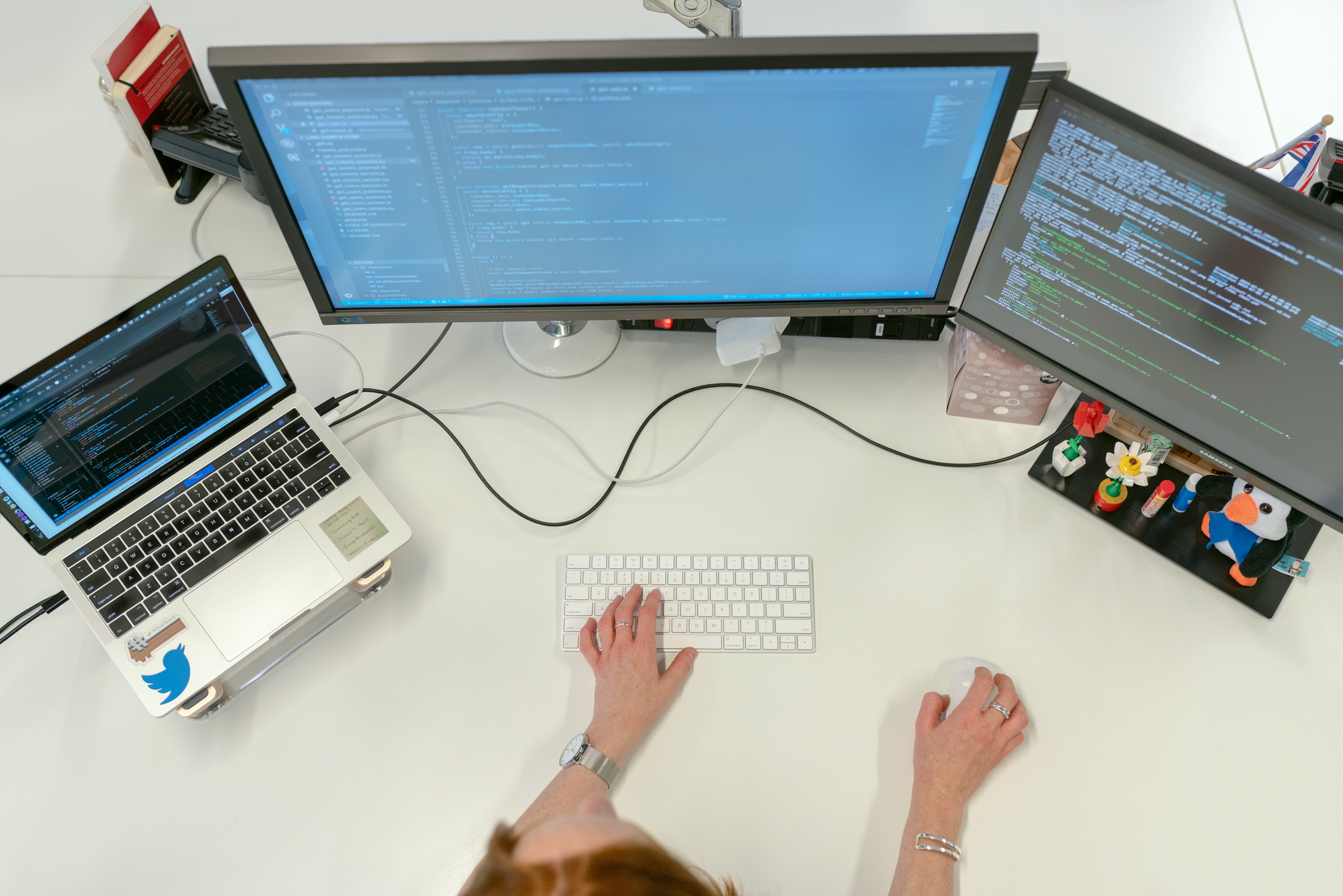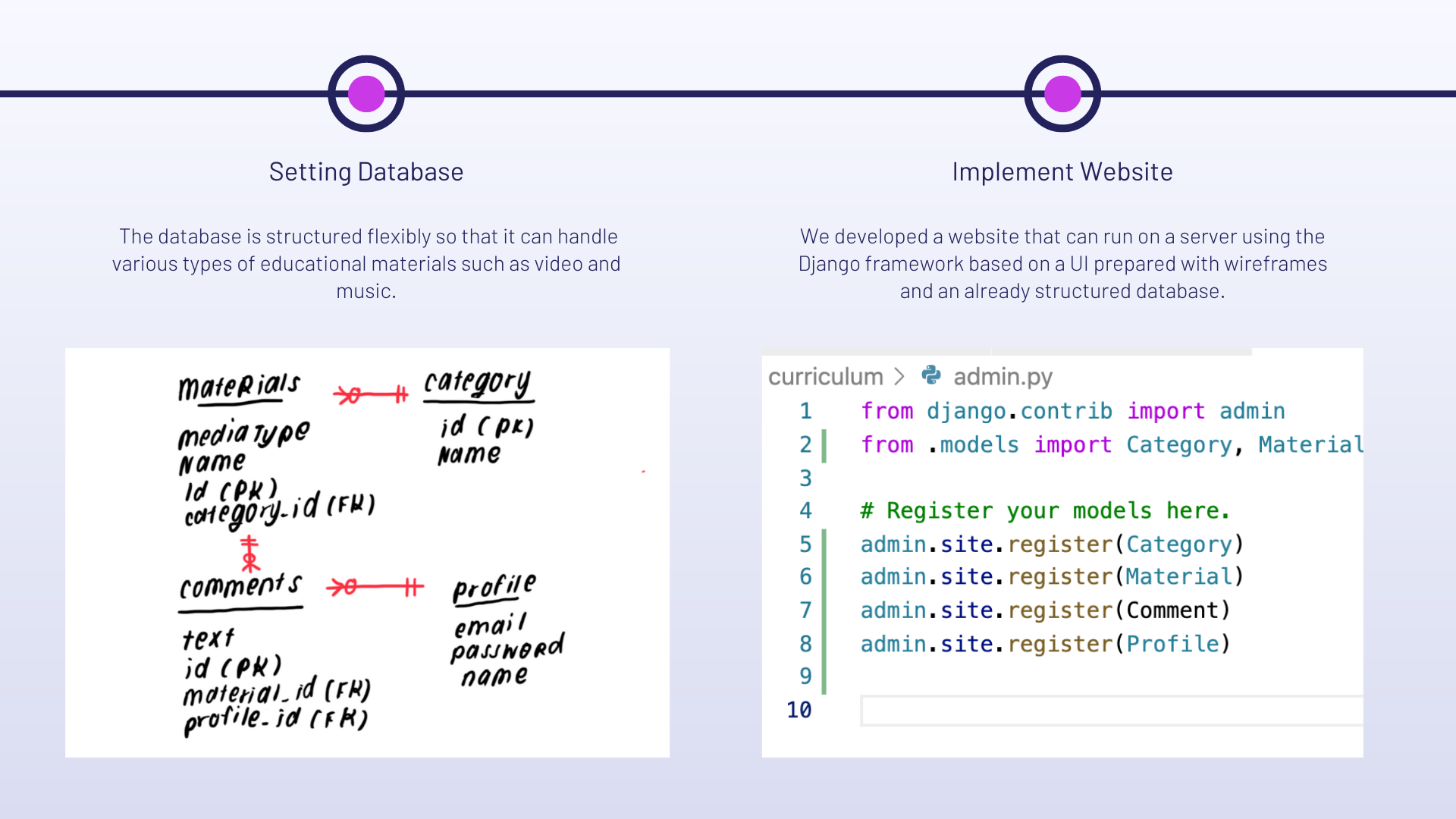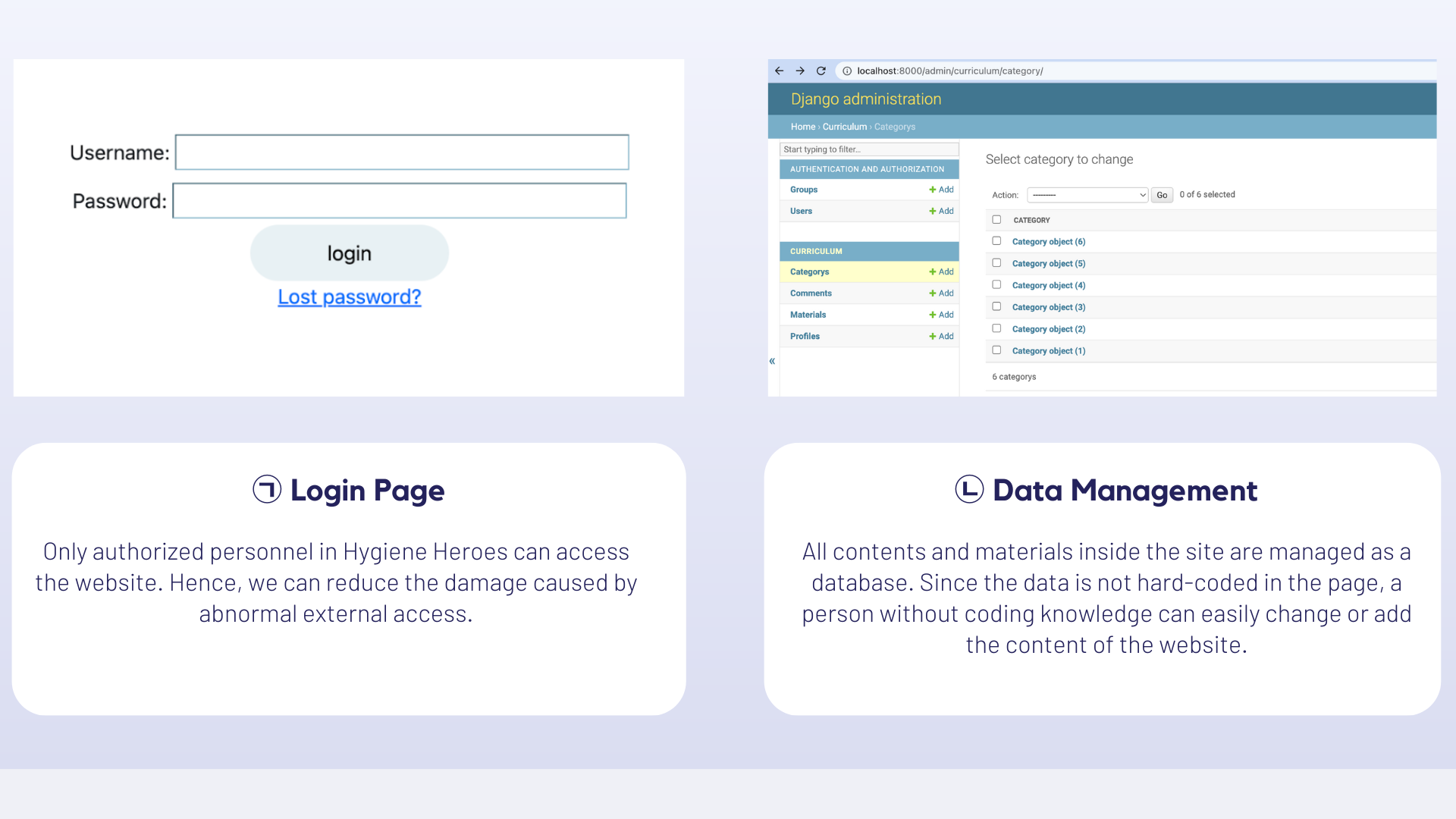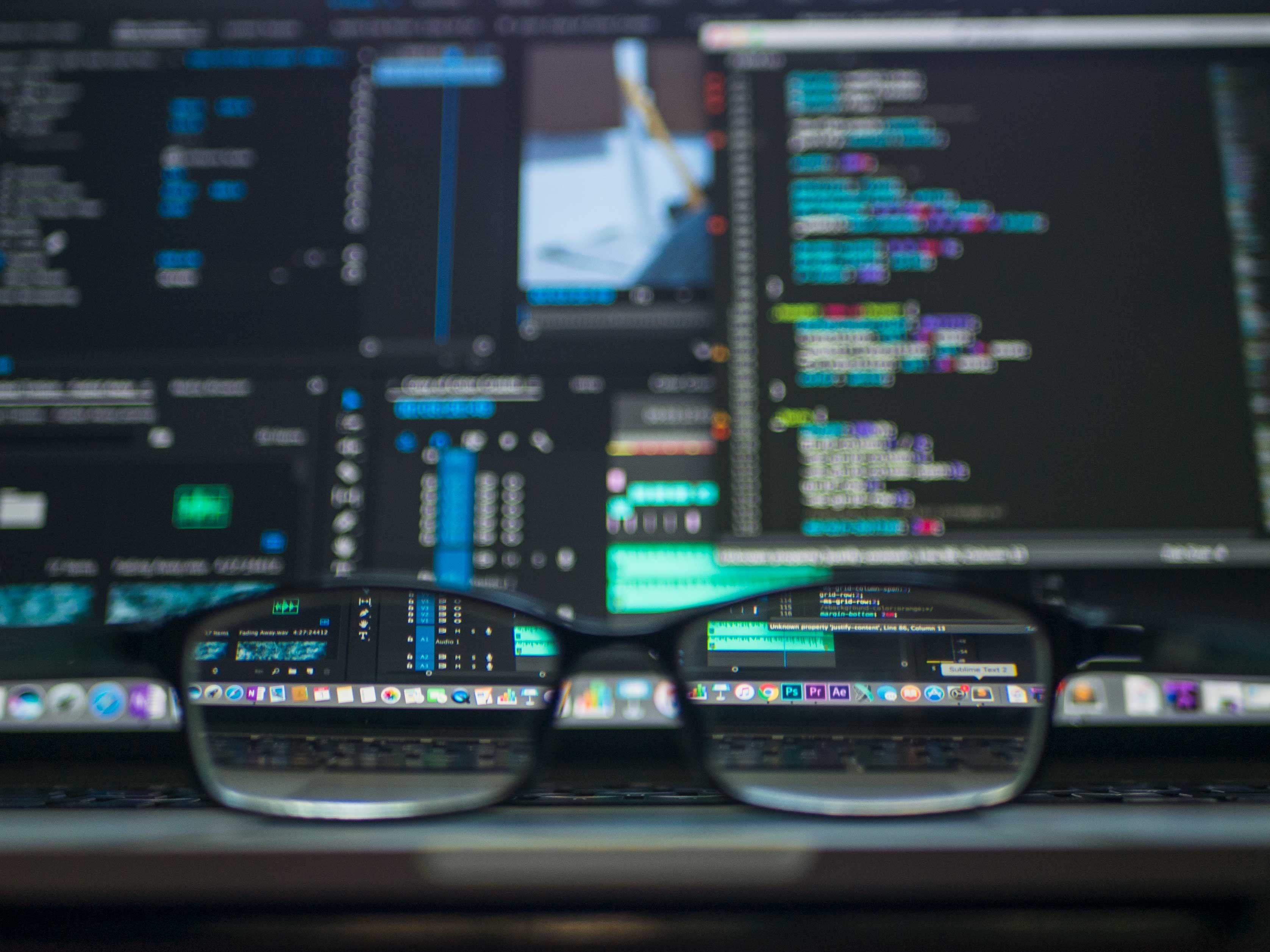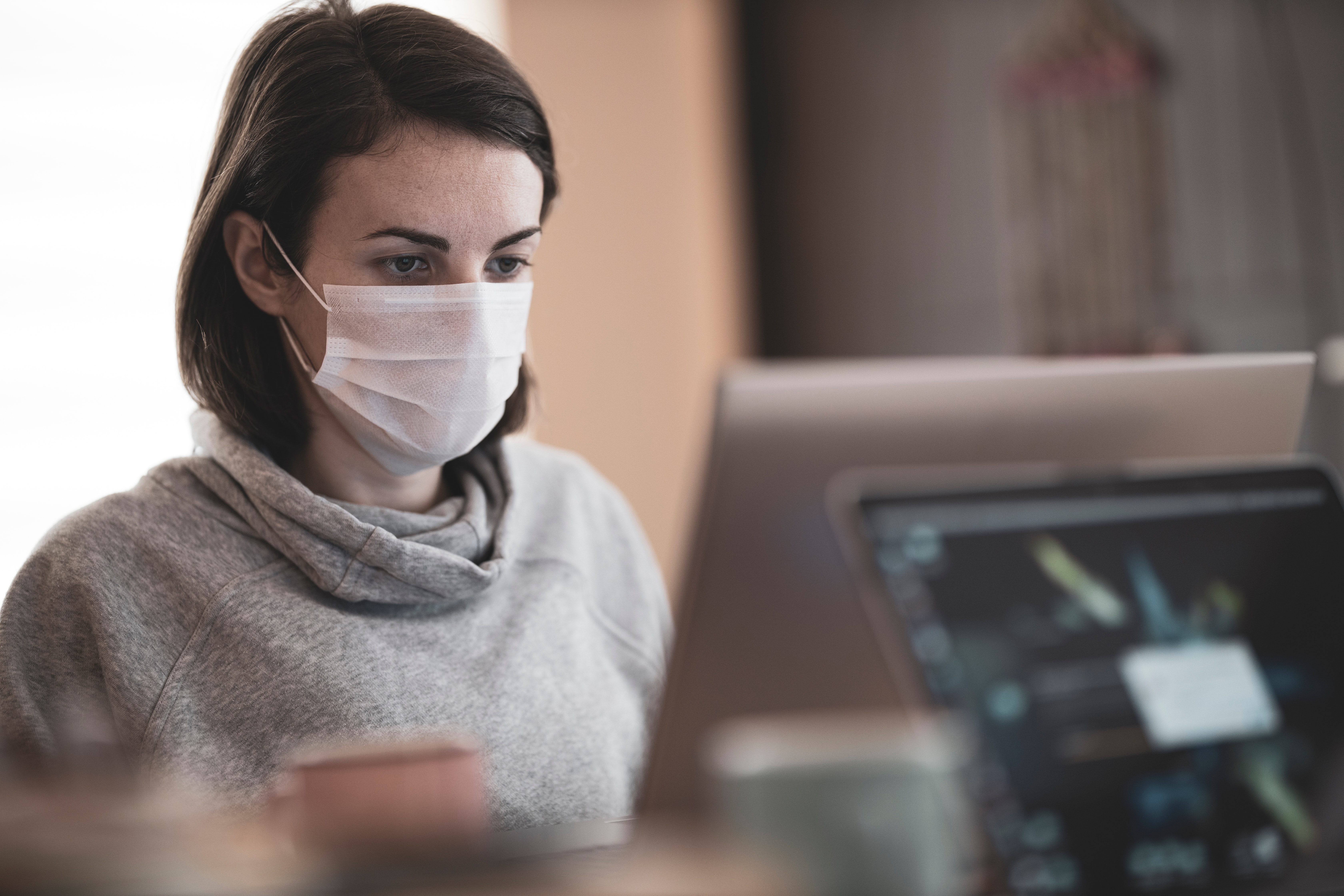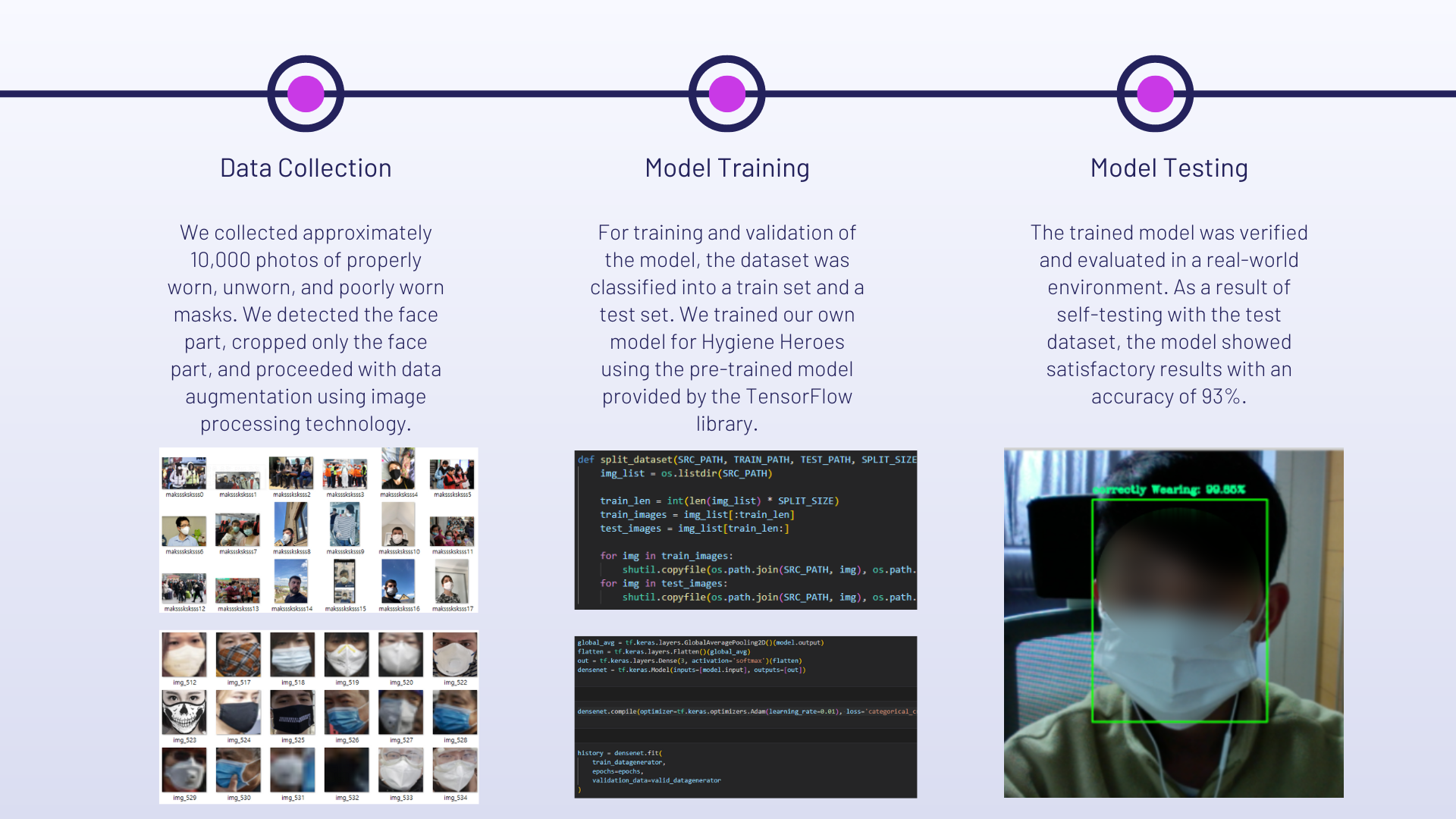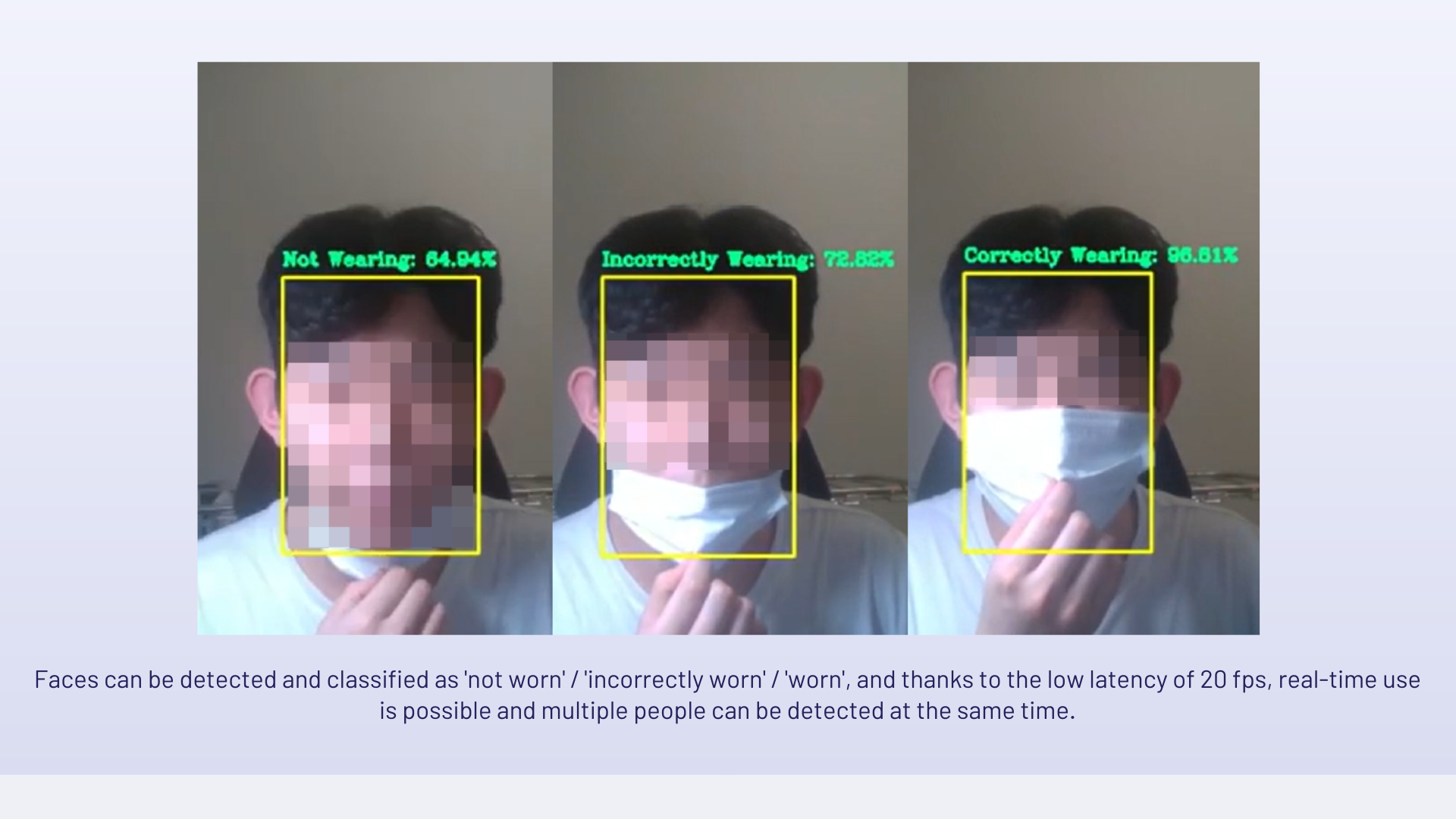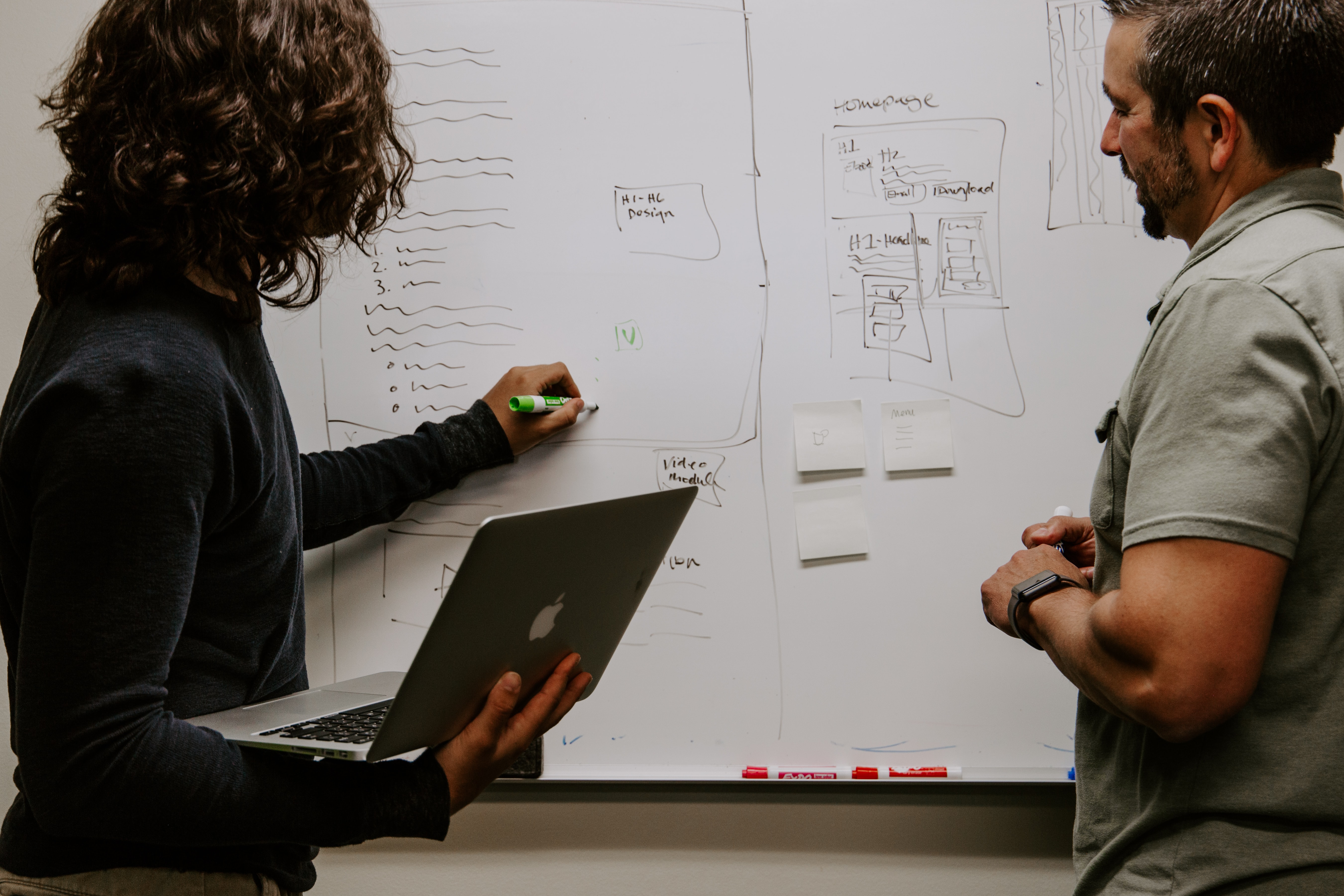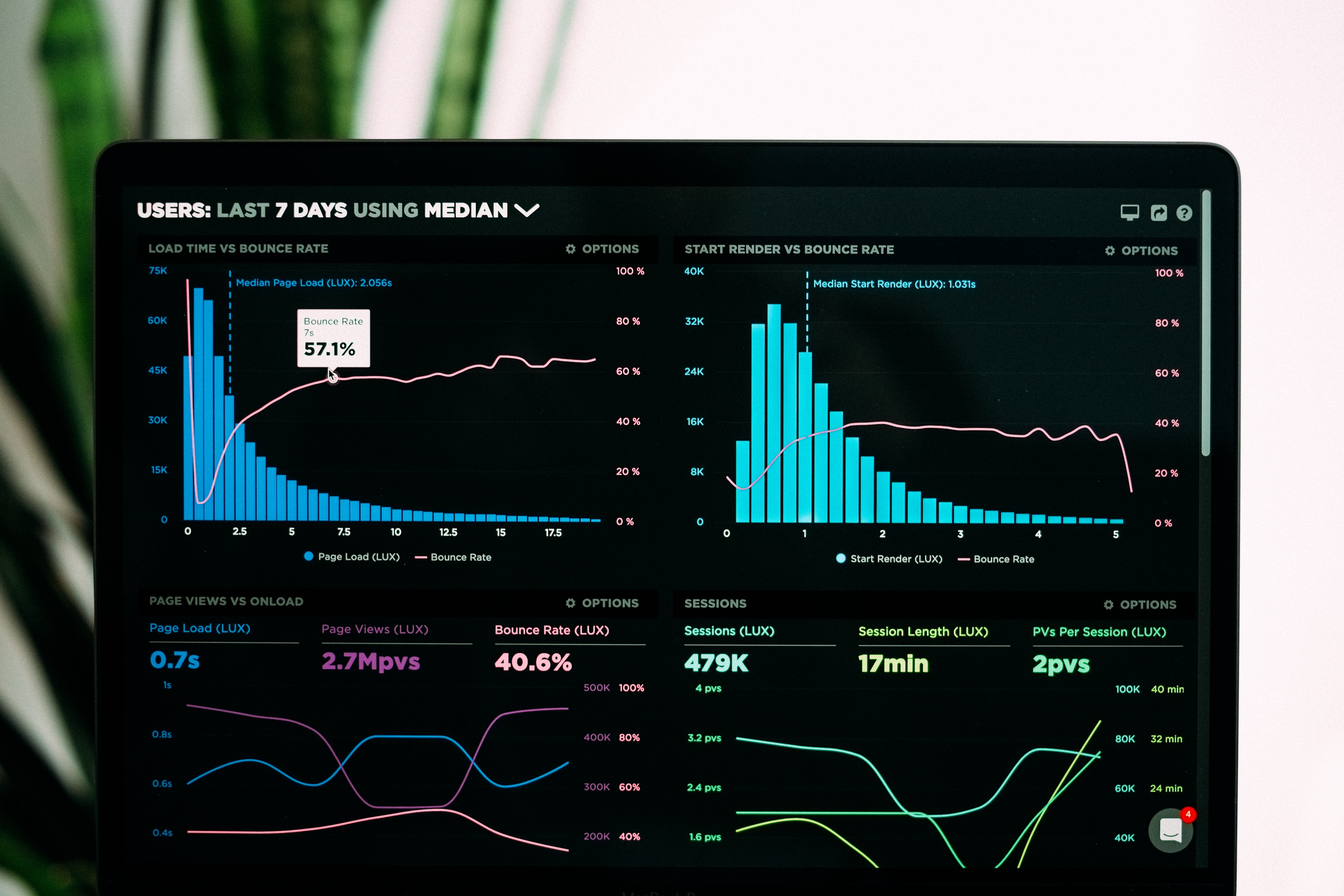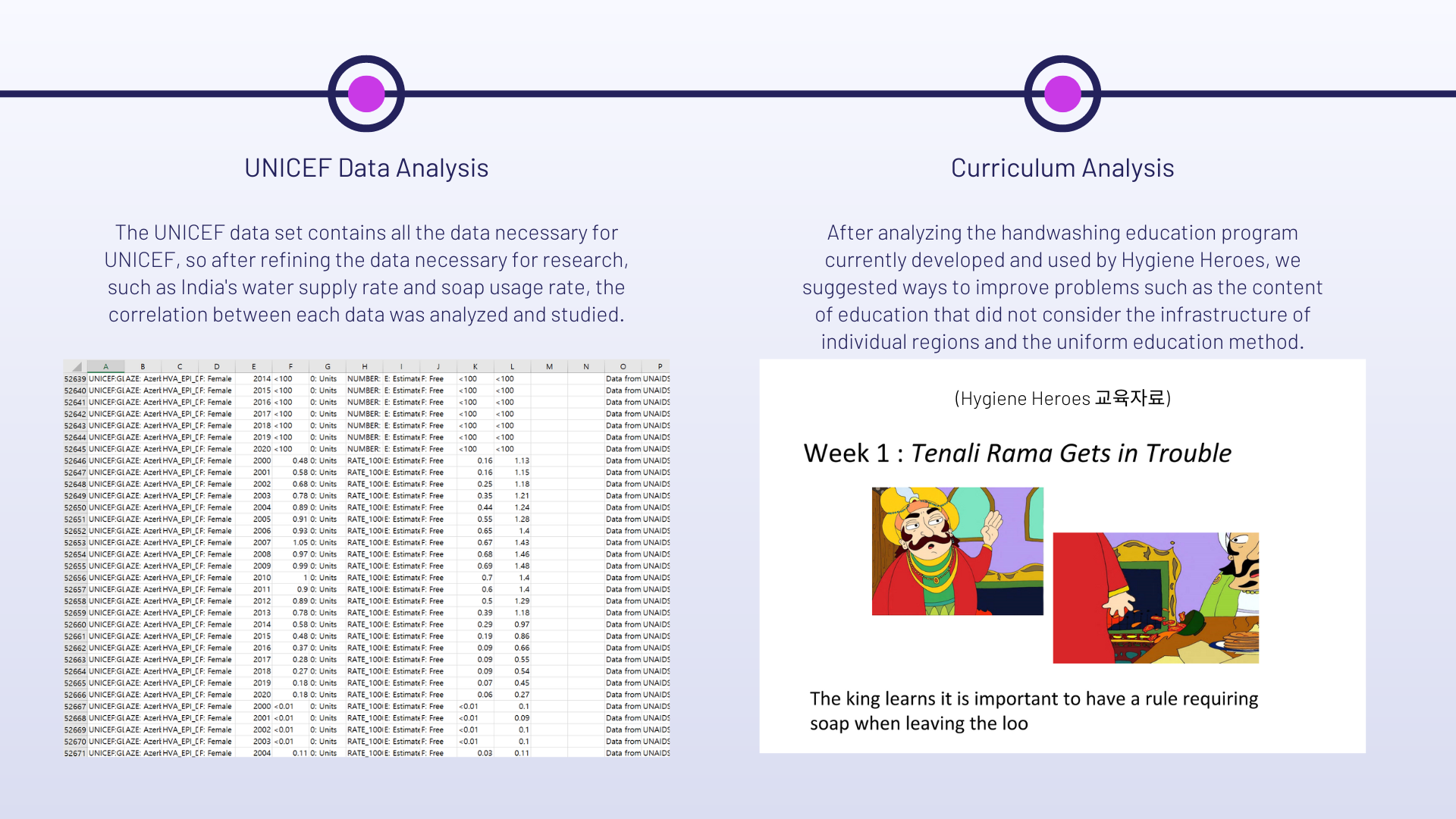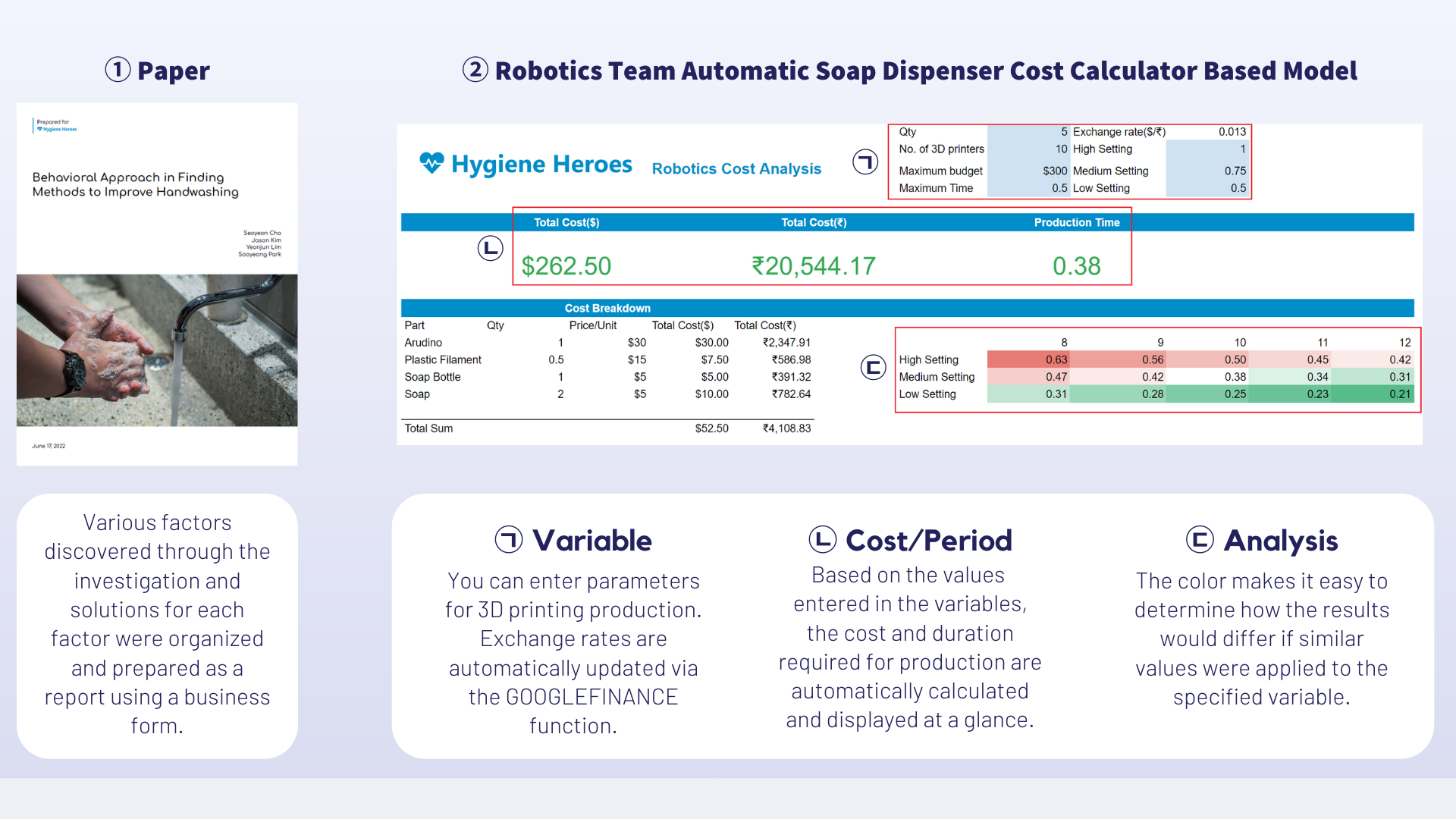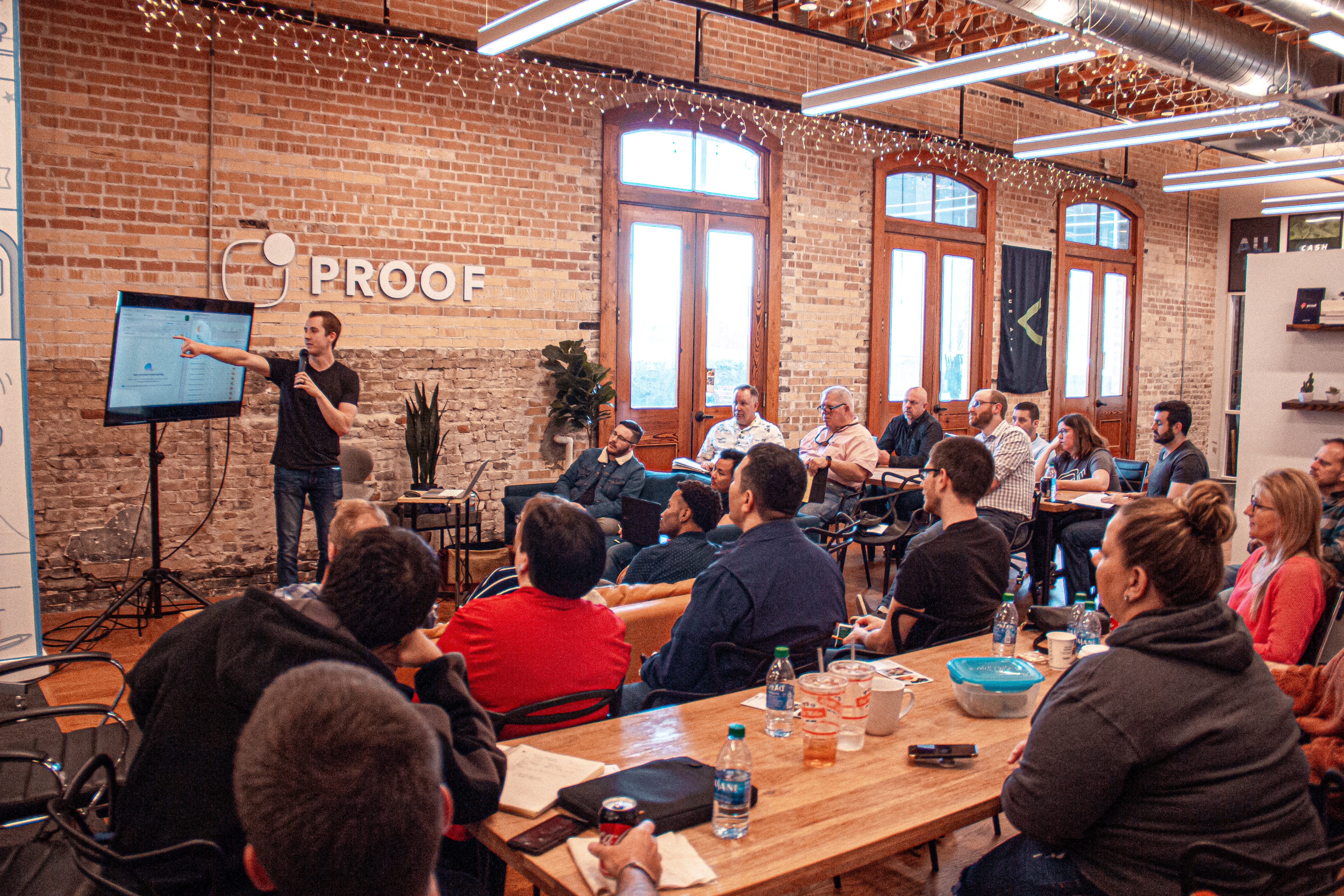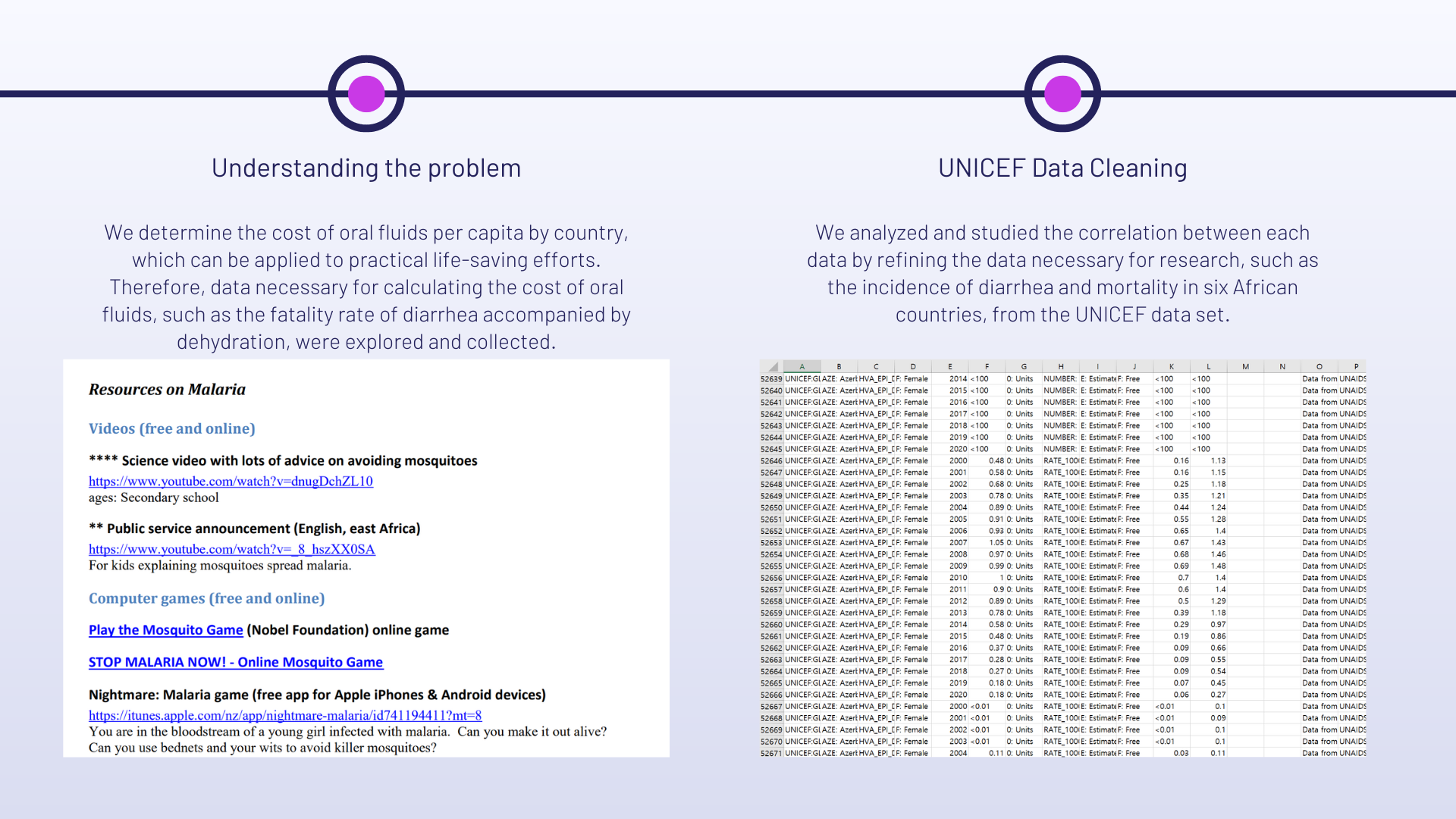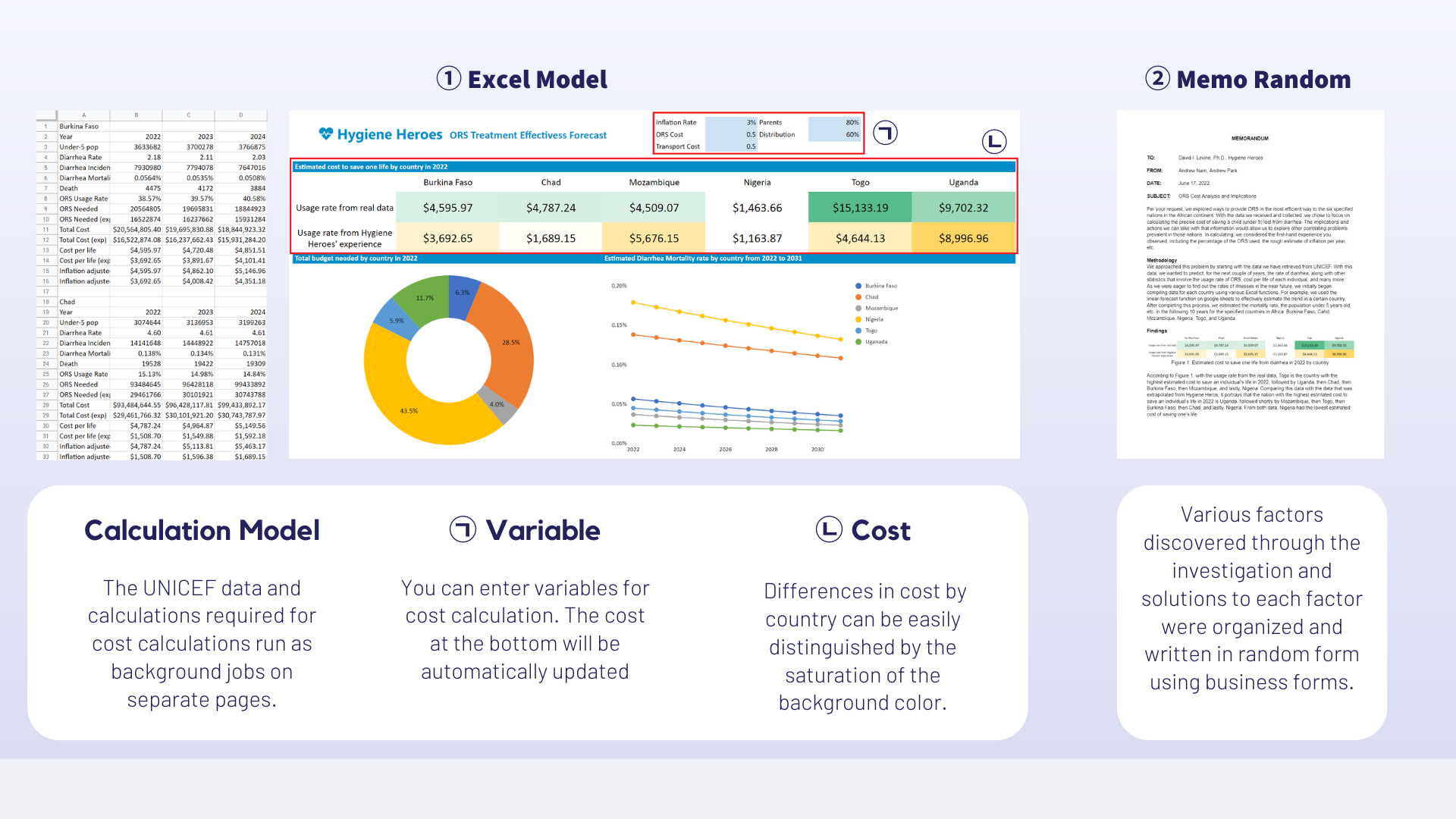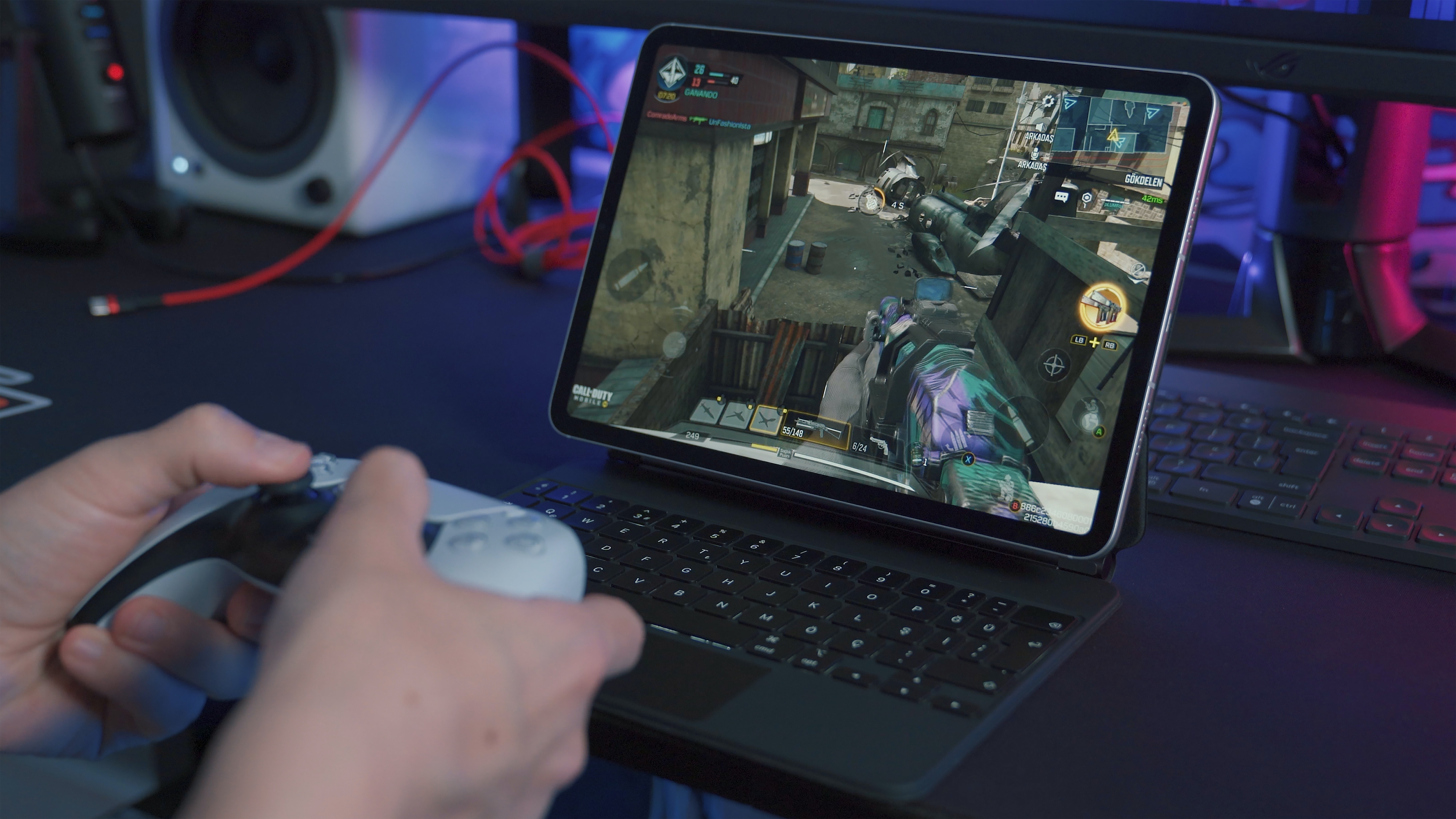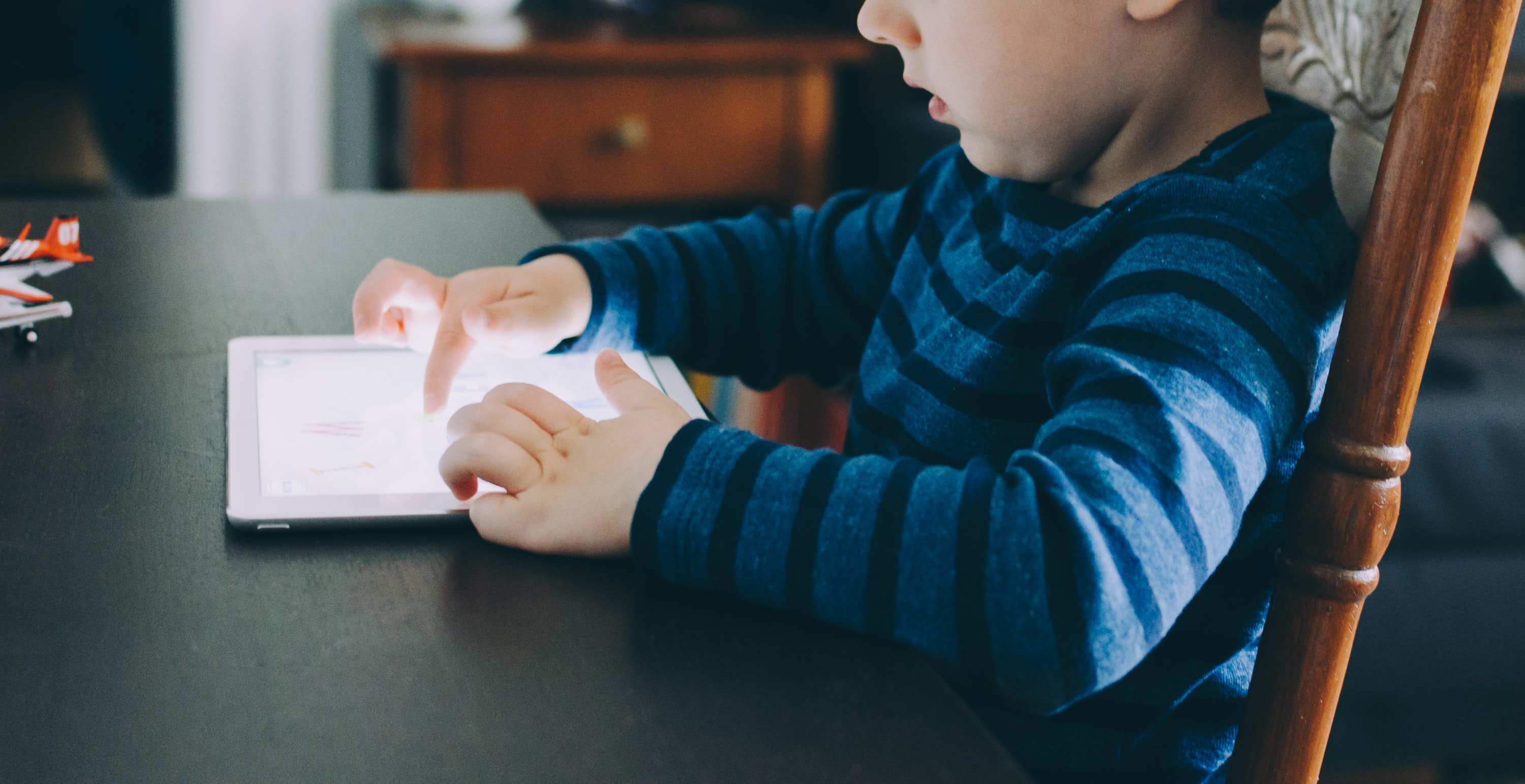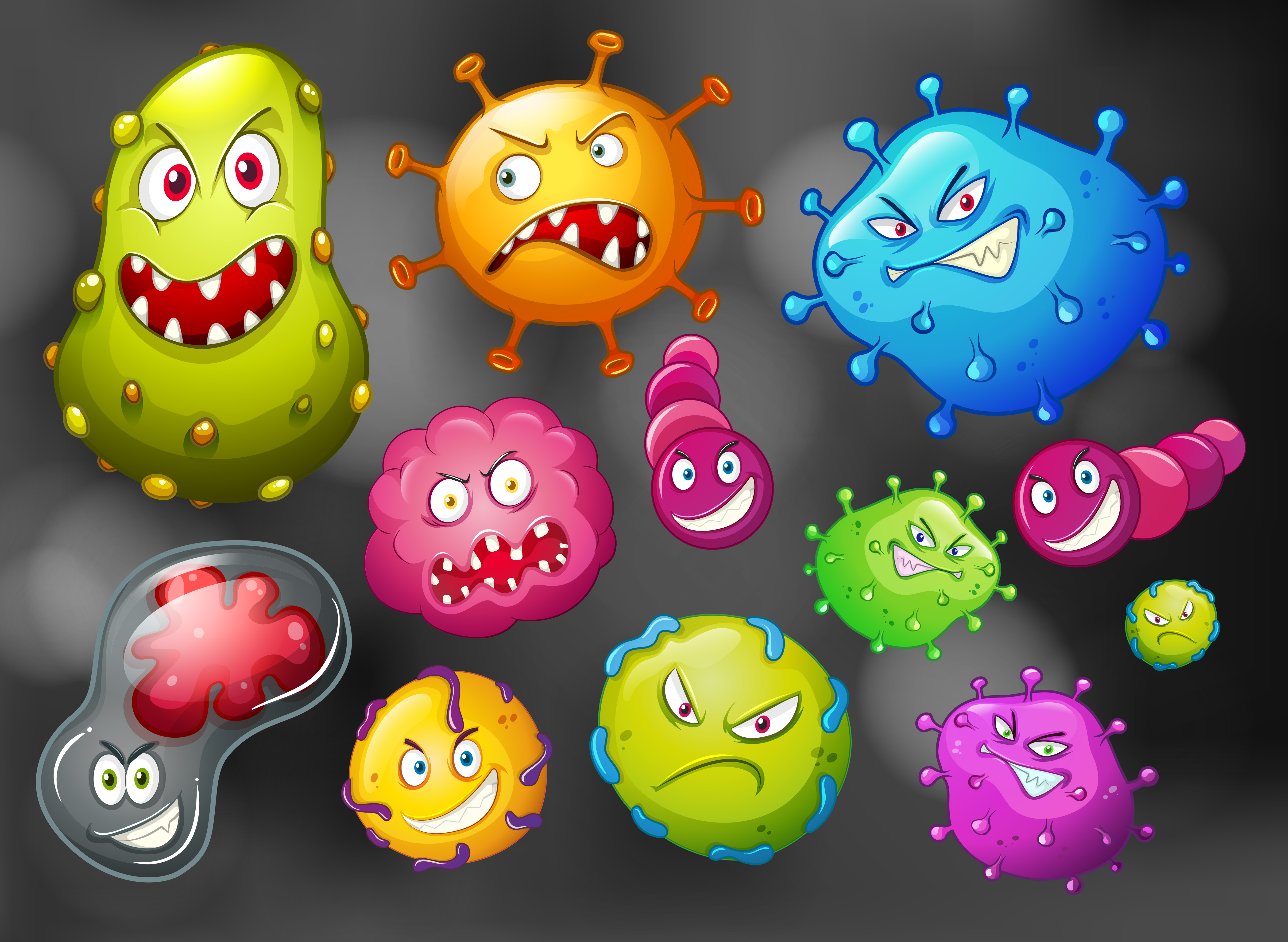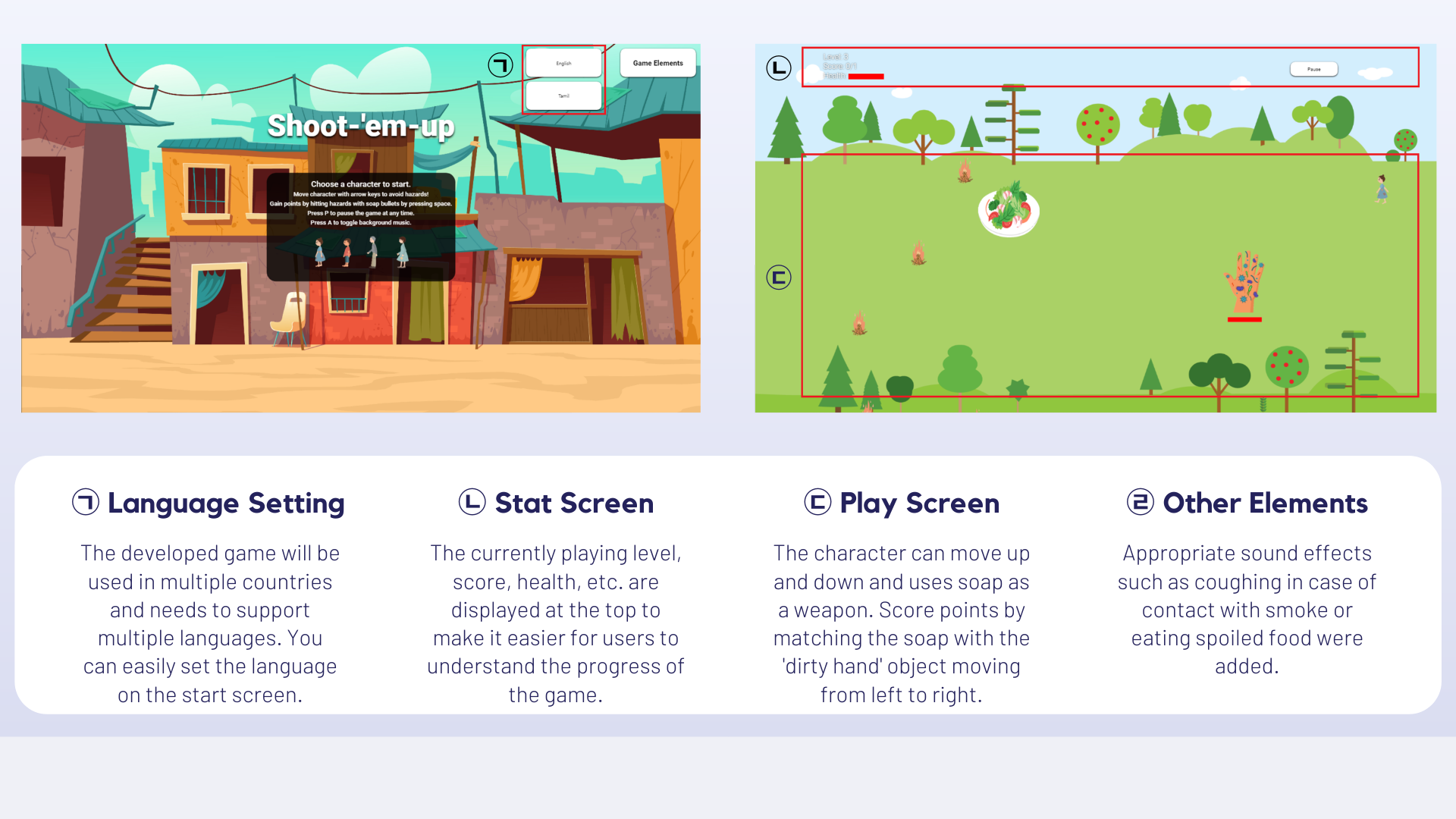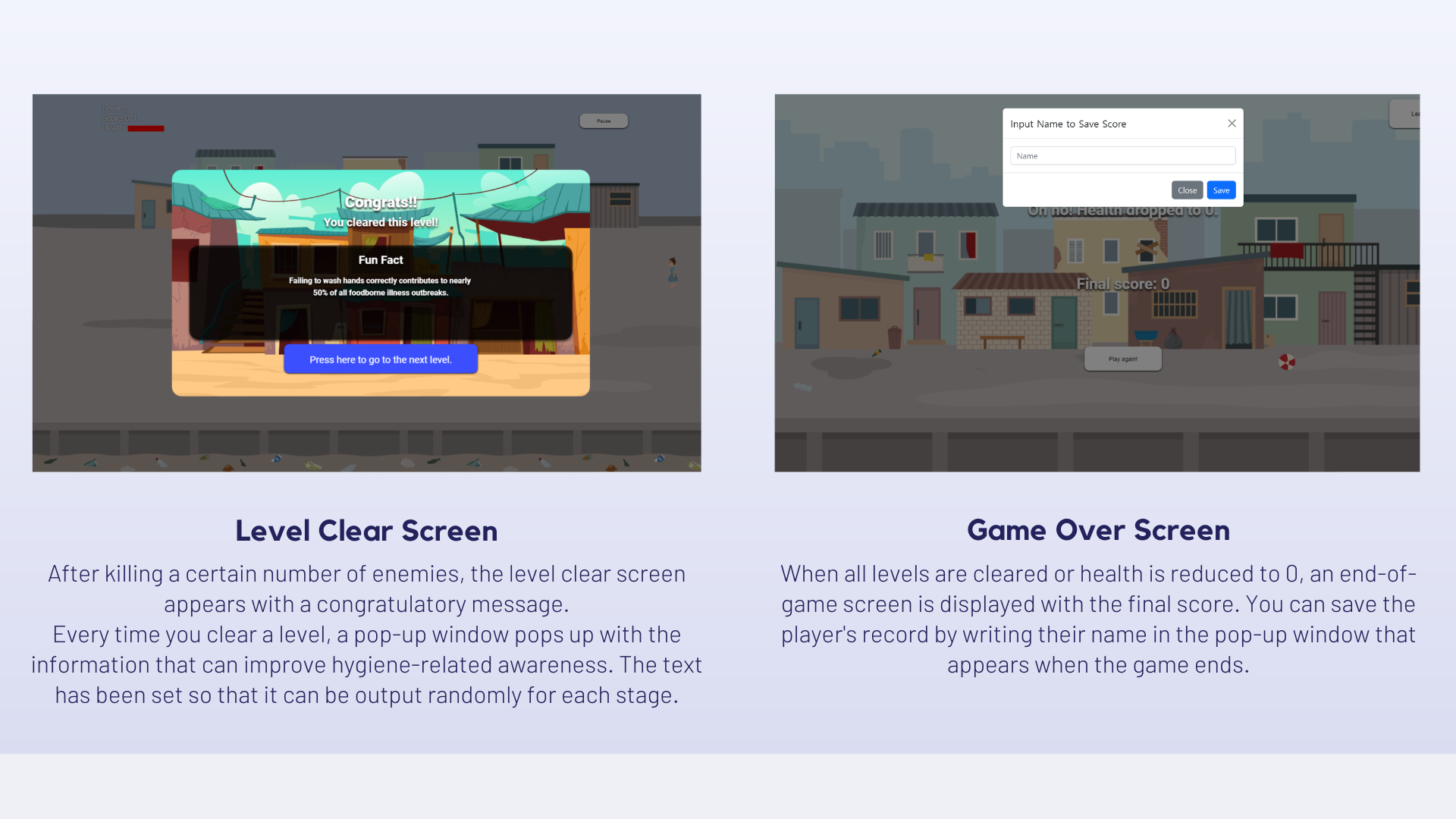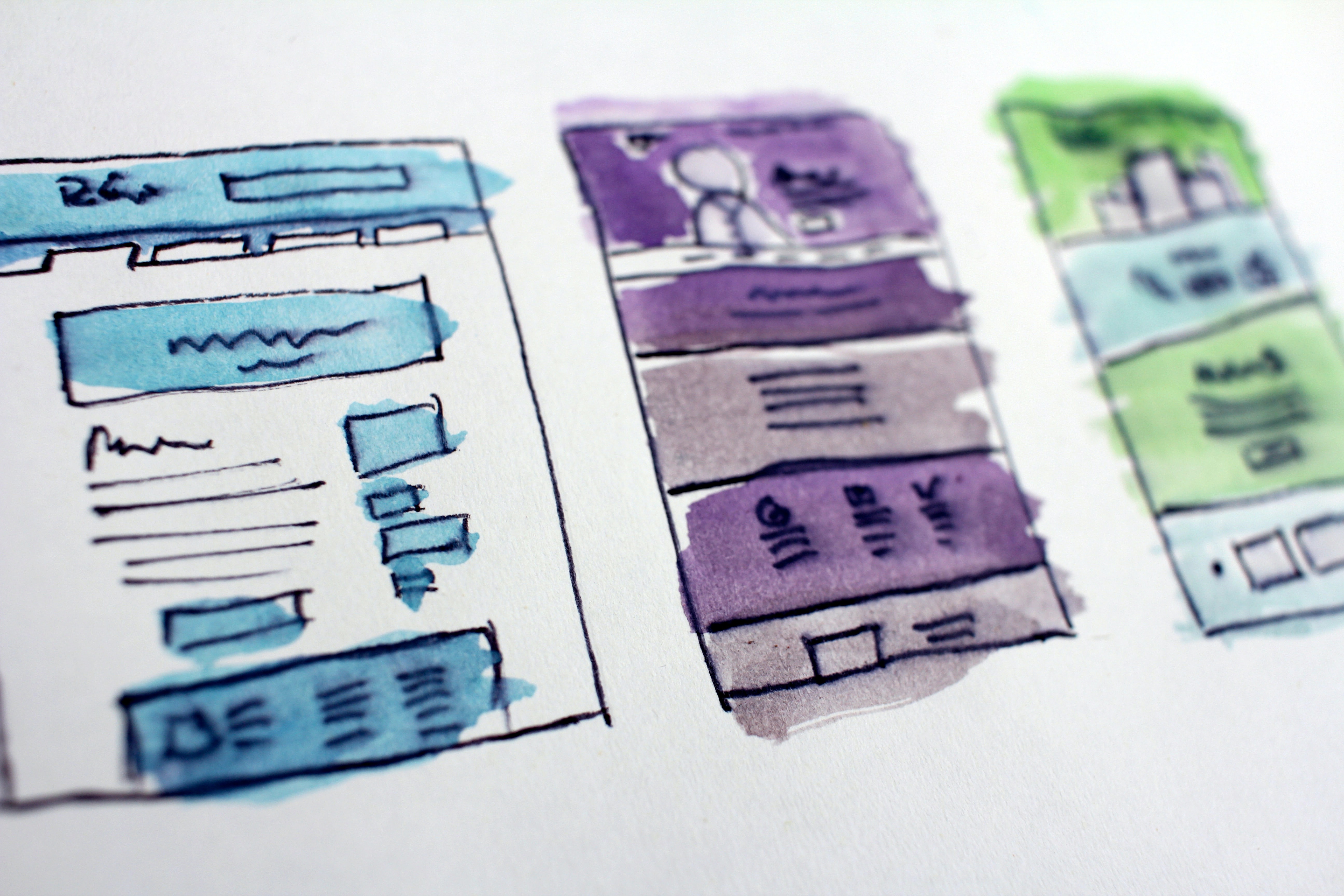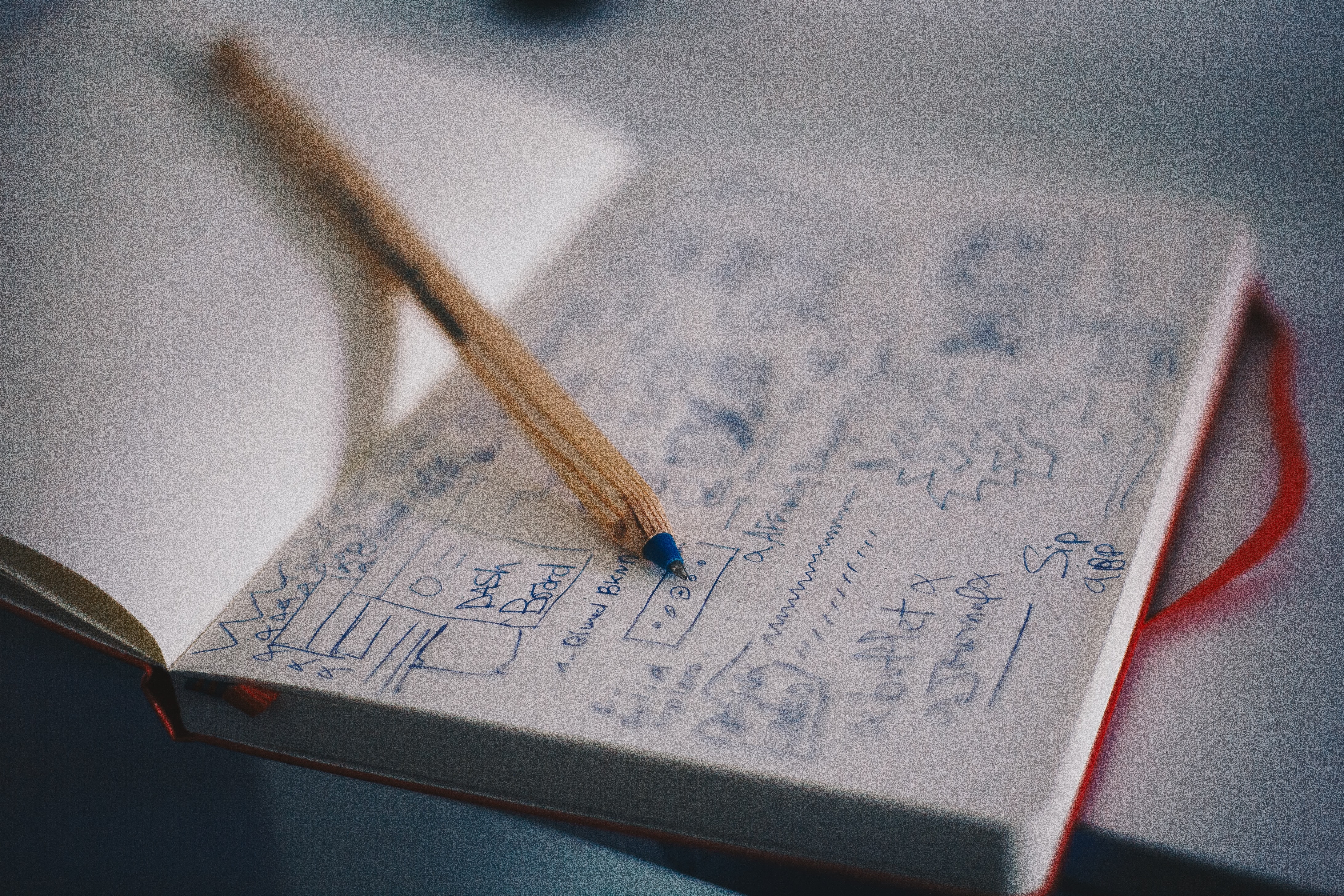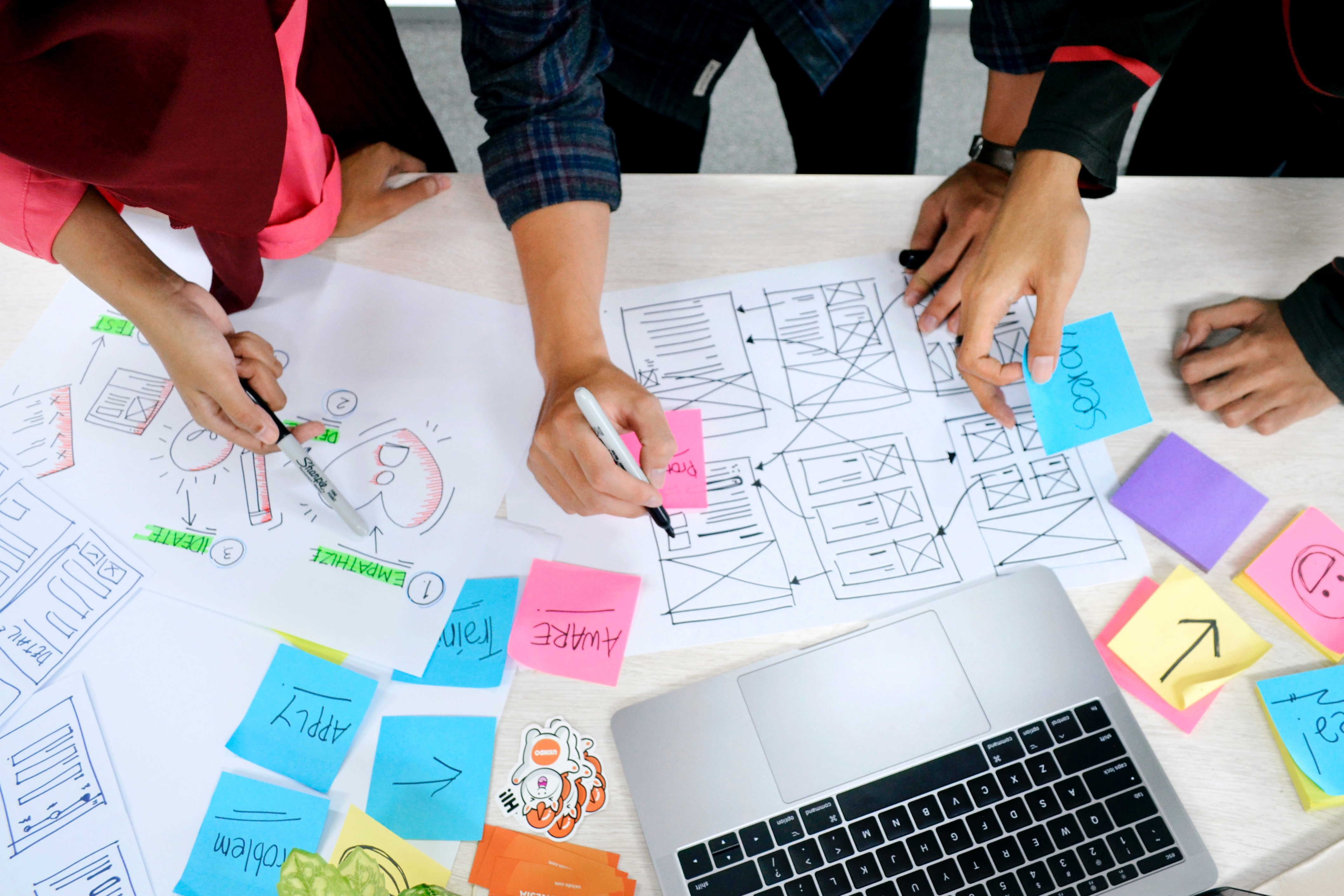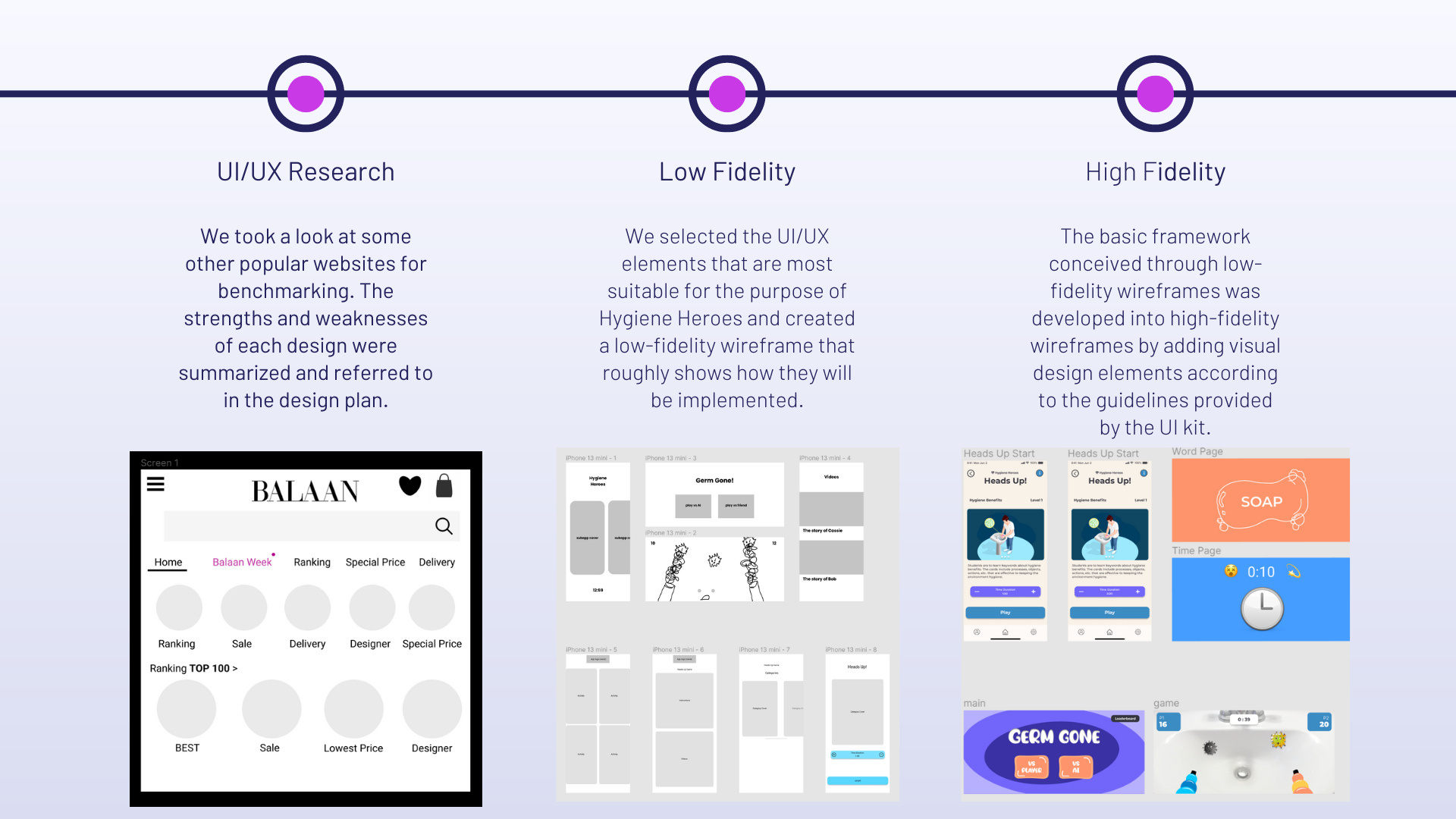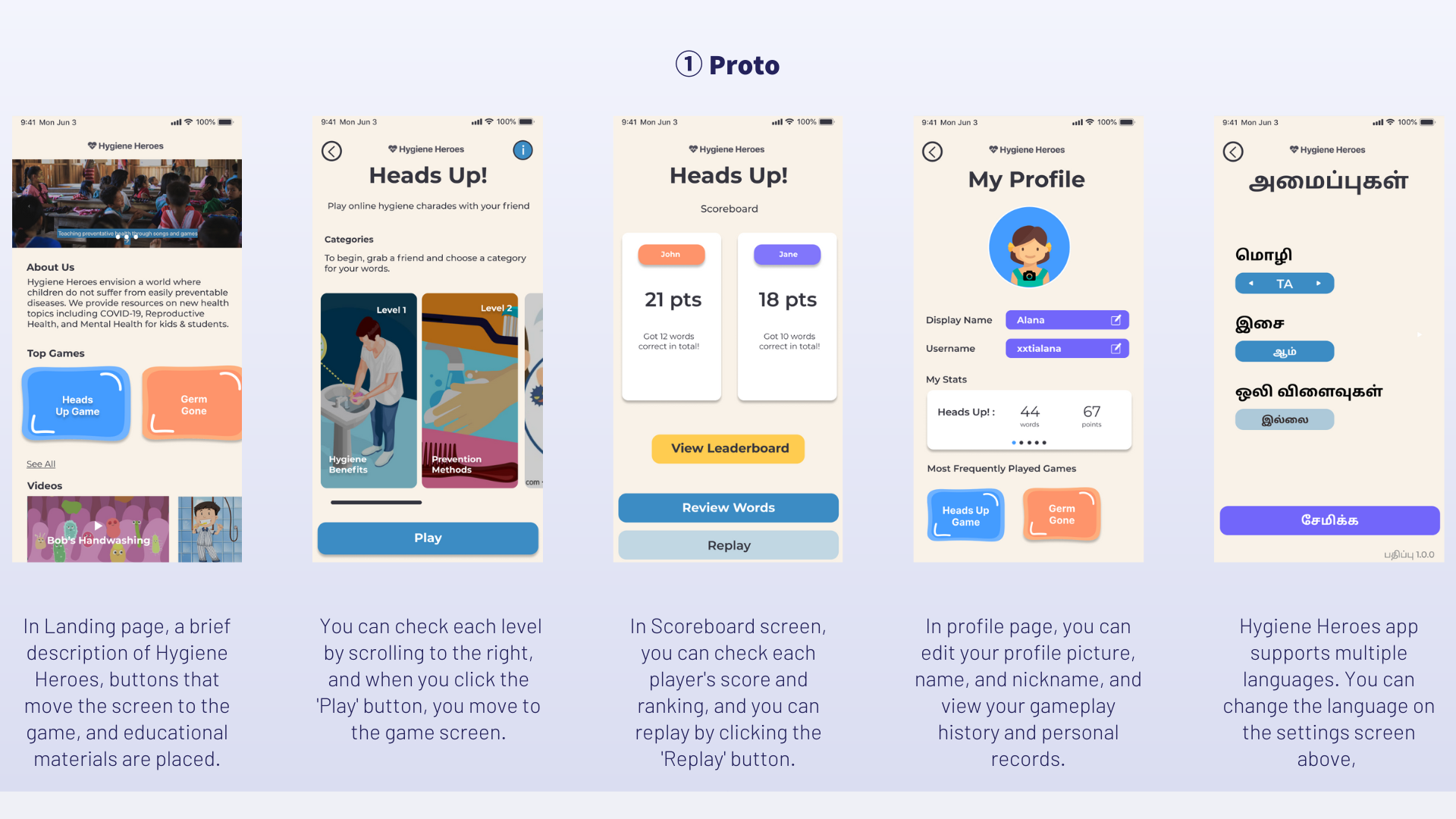About hygiene heroes
Since 2014, a team of UC Berkeley students under Haas Professor David Levine has developed a curriculum to teach preventative health in underprivileged regions. In prototyping our materials, we learned the most effective way to change behavior is through interactive styles of learning, such as stories, games, and songs. We now work with students and faculty at Cal Poly San Luis Obispo as well as local experts from Asia, Africa, and South America to improve our materials.
We envision a world where children do not suffer from easily preventable diseases. We aim to realize that goal through interactive, educational lessons designed. Our materials are based on current medical and public health knowledge and checked with health professionals and educators in each nation where we work.
XPRTIS INTERNSHIP PROGRAM
6 teams totalling 26 students chosen for their skill sets and passion contributed to the success of this internship with Hygiene Heroes.
This internship took place over a 18 week period in 2022 (including Design & Preparation stage).
Students also attended advance-bootcamps to equip themselves with the tools and technologies for developing the final outputs.
Game Design
Designed and shaped the systems and rules used in the game application.
UI/UX
Helped Hygiene Heroes visualize the mobile app used by students, parents, as well as teachers. Providing the dev team with prototypes and application blueprints.
Robotics
Constructed an automatic soap dispenser using robotics and programming technology.
Software Engineering
Designed and developed the website, managing and categorizing challenges discussed with Hygiene Heroes.
Machine Learning
Researched and designed detection models for whether a mask was worn; using ML(machine learning) & AI(artificial intelligence).
Business Intelligence
Provided business solutions solving potential problems in an user-friendly way. Backed up by data that was analyzed from multiple data sources.
Team
Robotics
Objective
We implemented various robotic motion sensors for encouraging hand washing behaviors. Passive Infrared (PIR) sensors, Servo Motors, and Breadboards were used in conjunction with Arduino technology to create the robotic system.
Proper hand washing is one of the most effective and economical ways for disease prevention. However, proper hand washing is not followed in many countries, and Hygiene Heroes is considering trying a mutual approach to address the problem.
We hope to drive change in people's behavior by distributing automatic soap dispensers equipped with multiple functions, such as playing a song while washing your hands to encourage people to adhere to the recommended washing time, and collecting data by recording your behavior for later analysis.
Highlights
Arduino & Sensors
We practiced different methods of interconnecting sensors controlled by Arduino technology. As a result, we gained a deep understanding of basic electronic concepts to how sensors connect and work.
CAD 3D Printing
We found this tool intuitive for designing all the elements from scratch, as there are numerous design tutorials that can be referenced to on the internet. And through analyzing design samples and tutorials, we were able to smoothly organize and design all necessary elements.
Data Processing
With the practice of reading and processing data provided by sensors, we implemented a data processing program; where we applied principles learnt on how each sensor interacts with each other.
Deliverables
Software Engineering
Objective
Our team’s role involved developing the website introducing 'Hygiene Heroes'. For the frontend, we used HTML & CSS with Bootstrap libraries, while Python & Django for the backend development. We tested various Use Cases and designed the Entity Relationship (ER) Diagram before implementing the website.
The current website has the disadvantage of allowing only one-way communication from the institute to local teachers. Hence, it is hard to have communications between teachers.
As the feedback and information sharing of teachers who use educational programs at the forefront is key to quality education, it is expected that the quality of education will be improved by introducing a website platform to allow each other to leave opinions and comments.
Highlights
Entity Relationship Diagram & Database
We used ER diagrams to show the properties of entities with unique characteristics and the relationship between them in a network-type structure. An essential element in the structuring stage of database development. After we identified people’s needs and concerns, we created an object relationship diagram that showed the structure of data and their relationships with each other.
Front-End Development
We minimized hard-coding enabling the contents of the website to be updated organically. To simplify the uploading process for additional content in the future, we built a database through the admin page with Django, and integrated the information once the website was online.
Testing and Deployment
Following the Professor’s request, we created and performed a series of testing throughout development to ensure the application met the required conditions. Upon successful testing, we pushed the application online, to be utilized by the Professor and his colleagues internally at Hygiene Heroes.
Deliverables
Machine Learning
Objective
There are cases where people do not wear their masks properly or not at all, so we created a detection model to check whether masks are worn correctly. This model can also be used in a wide range of situations to promote proper mask wearing & face protection techniques.
Hygiene Heroes is currently preparing a feature that allows users to check their mask wearing status by applying a machine learning module to their website. Training on how to wear a mask correctly through this function will significantly reduce the spread of airborne diseases in droplet form.
Highlights
Algorithm
Since image processing techniques depend on the situation, it was necessary to learn varying operating principles and algorithms for each function. Therefore, we learned and implemented various algorithms for training the image processing model.
Image Processing
Upon learning easy image handling techniques and the basis of Computer Vision, we then studied and processed images using advanced algorithms from the OpenCV library basics. To ultimately utilize professional skills such as blurring, cropping, and coloring.
Deep Learning
We utilized the theory and operating principles of deep learning models to directly train the machine learning models. In addition, upon understanding the differences and characteristics of various models, we implemented advanced algorithm techniques such as: face detection and mask detection.
Deliverables
Data Analytics
Objective
We analyzed behavioral factors that impede hand washing and studied ways to improve Hygiene Heroes' education programs based on the analysis results.
We also analyzed behavioral factors that hinder vaccination, and based on this, studied ways to improve the educational program used in Hygiene Heroes.
Highlights
Business Communication
Contrary to common communication, brevity is important in business communication. We learned and implemented elements such as BLUF (Bottom Line Up Front) while writing reports according to the favorable business format.
Behavioral Economics
Behavioral economics helps to analyze human behavior from multiple perspectives, taking into account imperfections from human error and decision making. Through a behavioral economics approach, we studied underlying factors behind those opposing vaccinations and identified potential solutions. .
Natural Language Processing
Natural language processing allows for quick analysis of documents written in human language without our intervention. After building an NLP model using Python, we conducted sentiment analysis of tweets to find trends on posts related to people’s opinion on vaccines.
Deliverables
Business Intelligence
Objective
We calculated the cost of distributing oral fluids in six African countries, and based on the calculation results, studied how to efficiently distribute oral fluids (ORS) in Hygiene Heroes.
Hygiene Heroes provides various support to fight malaria in developing countries such as Uganda. One of the leading causes of death from malaria is dehydration due to diarrhea, and Hygiene Heroes plans to distribute oral fluids to developing countries to prevent this.
Highlights
Excel Advanced Features
We made the most out of excel’s advanced database managing features for the organizing, cleaning and maintenance of datasets from various sources.
Finance & Economics Knowledge
We studied the time value of money and cash flow discount model, which are one of the most important factors in evaluating the value of assets such as stocks, and calculated the cost expected to be consumed over the next 10 years by converting it into the current cash value.
Python Data Analysis
After learning how to collect, process, and analyze data through various libraries of Python programs, meaningful results were obtained by applying the learning to country-specific data provided by UNICEF.
Deliverables
Game Design Team
Objective
We created a point-based browser game (in HTML/CSS/JS) to teach young children about hygiene. Players gain points for destroying hazards with a weapon of their choice.
Players can also control the in-game character to try and avoid contact with the moving hazards (e.g. infected enemies). With the goal to accumulate as many points as possible.
Through games that attract the interest of the younger age group, we hope that students can obtain information about various germs, learn how to cope when exposed to germs, and then apply the learning contents to real life to reduce the incidence of various diseases.
Highlights
Wireframe
We designed and used Wireframe(s), a blueprint visualizing the game screen composition; to create a base guide for reference throughout all stages of development.
HTML/CSS/JavaScript
For developing the web application, we used programming languages: HTML, CSS & JavaScript. HTML gave structure to the website, CSS for font color & size styling, and JavaScript for customizing & inserting features.
User Testing & Deployment
We optimized game design and gameplay through a series of user testing. Upon completion, students successfully deployed the game online so Hygiene Hero’s lab could share the game with their clients.
Deliverables
UI/UX Team
Objective
Throughout designing the structure of the app, we strived to help Hygiene Heroes consolidate the application visuals, focusing on user friendliness; for the students, parents, as well as teachers.
Considering the main purpose of this app; to help children learn about health & hygiene, we implemented UI/UX components for the platform to be entertaining while learning important health related materials.
The centralized iteration of design, research, and engineering are required for product development. It was also vital to understand the business needs and the opinions of potential users for developing an effective and engaging interface.
Highlights
UX Design Process
We created a style guide for maintaining brand identity and design consistency. Similarly, we referred to an UI design kit as a consistent style guide, to facilitate the collaboration between our designers and product delivery process.
Prototyping
Using UX design kits, we also created an original series of prototypes to showcase different use-cases for consideration by the professor. These prototypes were also designed for use by future interns and developers at Hygiene Heroes to further advance their current and future products.
UX Research
Through conducting research and interviews on user perspectives, we were able to validate our prospected design options. UX research also proved immensely useful in identifying design elements reflecting user convenience.
